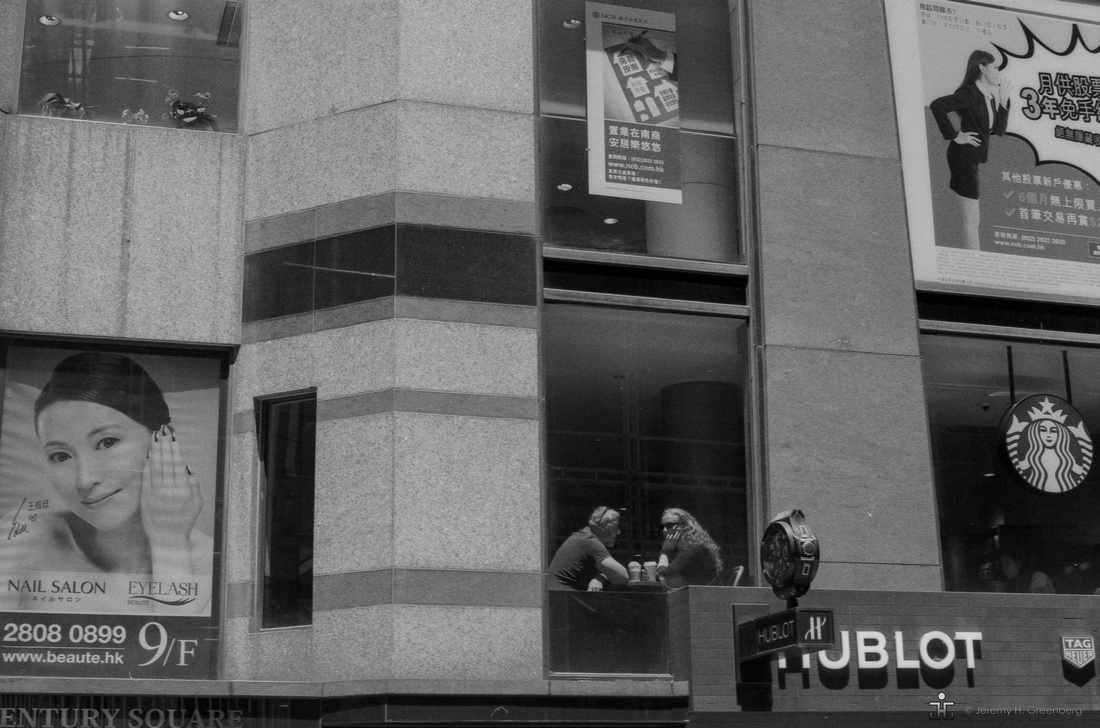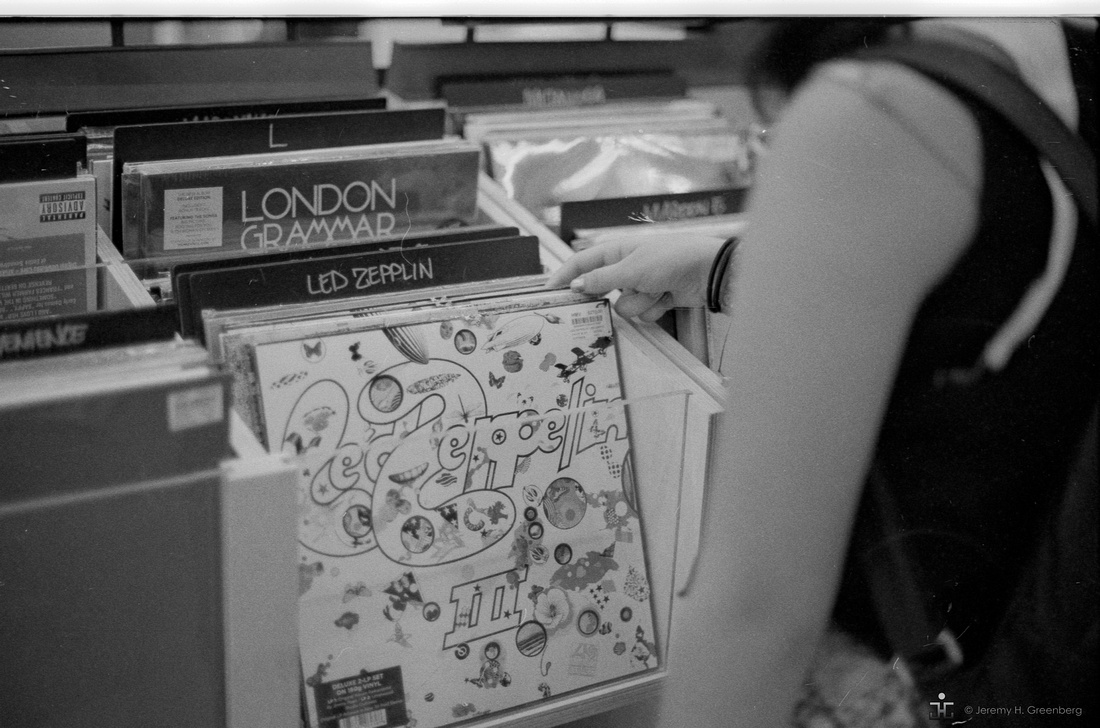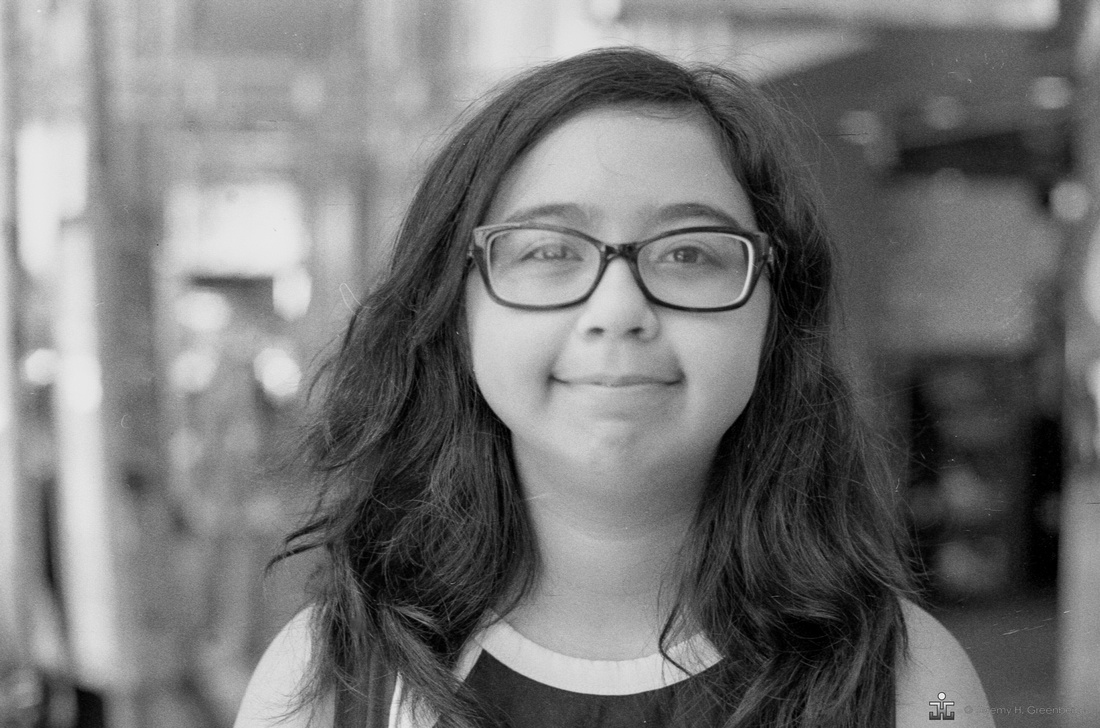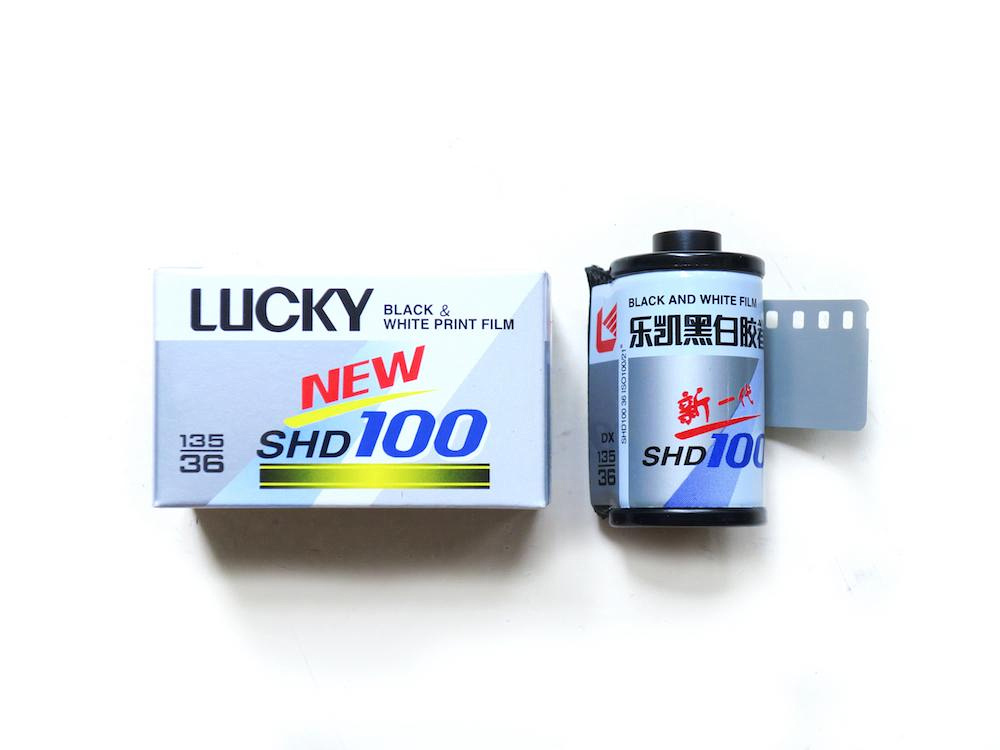Blog #79 Black & White vs. Color, Revisited.
Blog #79 Black & White vs. Color, Revisited.
The subject of black and white or colour has been a lively topic since the start of commercially available film started around the late 1960’s early 1970’s. I’ve blogged about this before in Blog #13 titled B&W or Color? and presented a splash of history of both films and concluded with a verdict of using both rather than an emphasis on either or.
I find myself shooting colour & black and white although mostly colour for commercial work and usually [but not always] black and white for personal work. I think that the world in general, prefers color. Of course the world is in color so it should be presented that was in pictures, yes? Well, sometimes, yes.
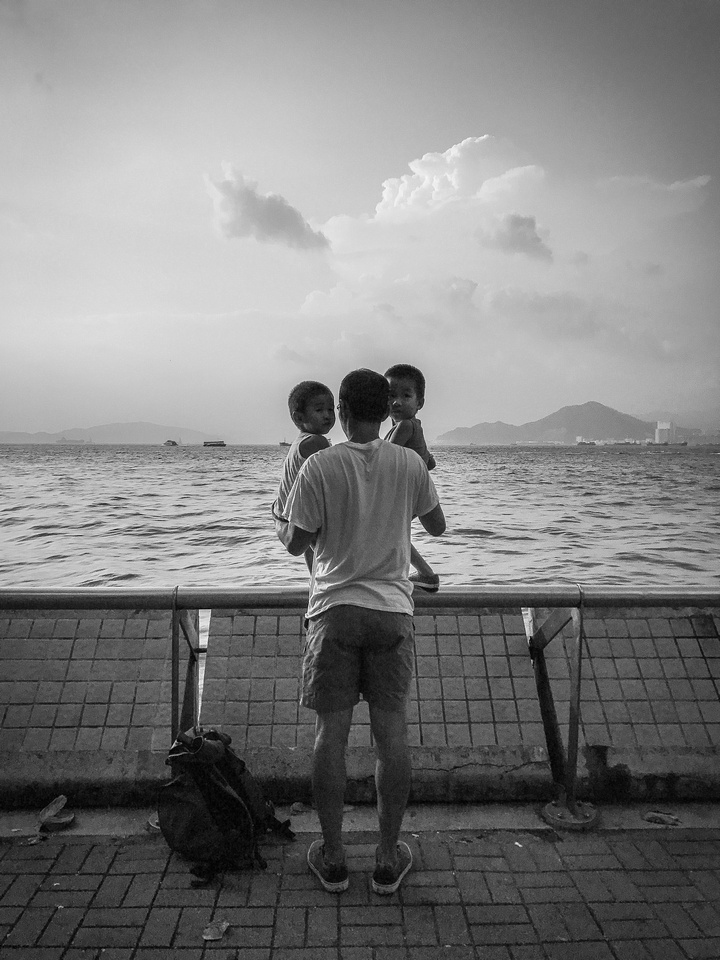

The subject and environment [image itself] should dictate the presentation. A photographer might prefer to shoot in black and white to focus the viewer on the shapes, lines, textures, emotion, gesture, and overall subject of the image. Black and white pictures that work [even paintings or drawings] are very strong when they accomplish this. They are timeless.
In the news recently, two artist’s work in particular are worthy of note, and both are outstanding examples of both types of pictures. Sadly, we lost one of our light-catching brethren, Pete Turner. Check out his absolutely outstanding colour work and give homage to this true master of color.
Thankfully still alive and well is a terrific street photographer named Dotan Saguy’s who presents his black and white work using a Leica M Monochrom.
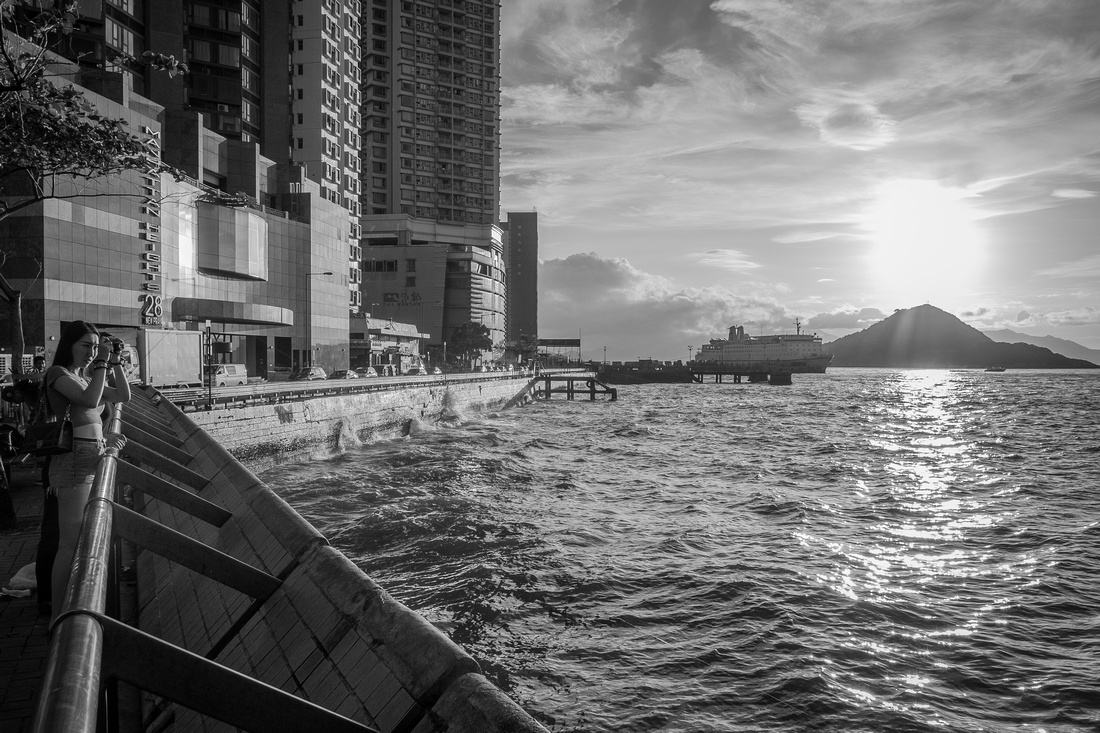

Another interesting topic surrounding this issue is one of presentation. Can a portfolio, series, or otherwise collection of images be presented in both black and white or color? Does a collection have to be in all black and white or all color? Many purists would say yes but then again, rules are meant to be broken. One suggestion is to present all of the black and white pictures and then all of the color pictures. That is, if you insist on presenting both within a collection. I have no substantial reason for this suggestion other than it tends to work better.
Lastly, film or digital, black and white or color, wide angle or telephoto, there are so many decisions to distract us from making awesome images. At the end of the day, let the decisions come you rather than forcing them and the results should take care of themselves.
The light is always right.
jhg
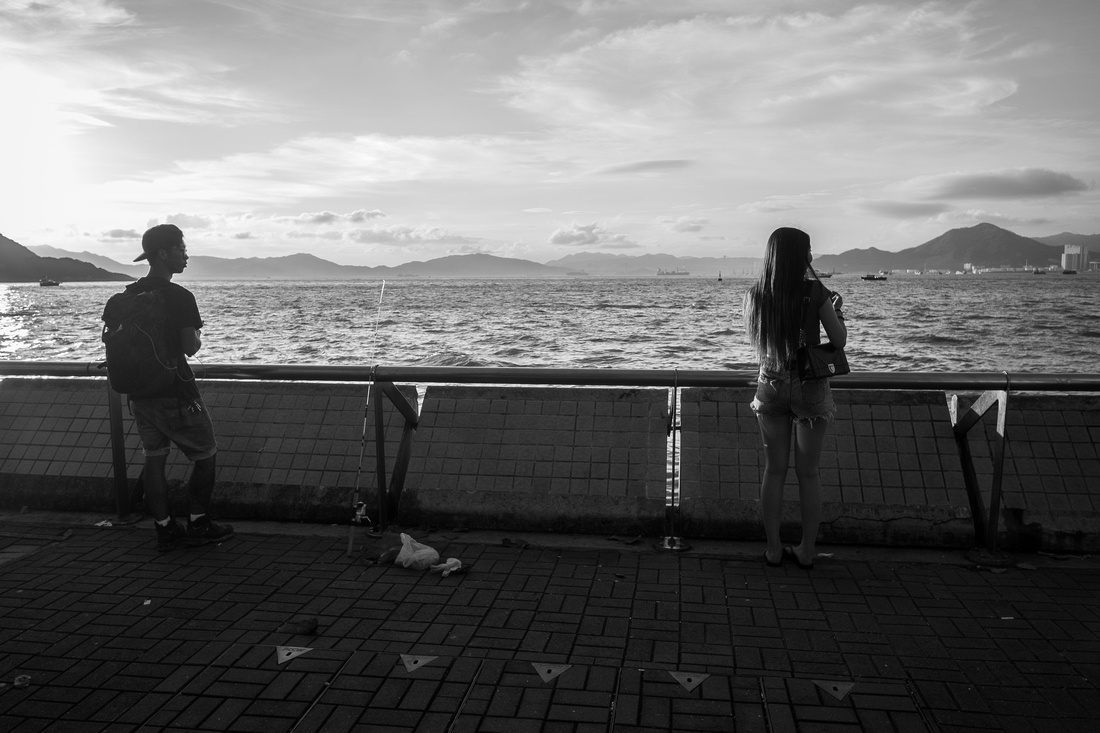

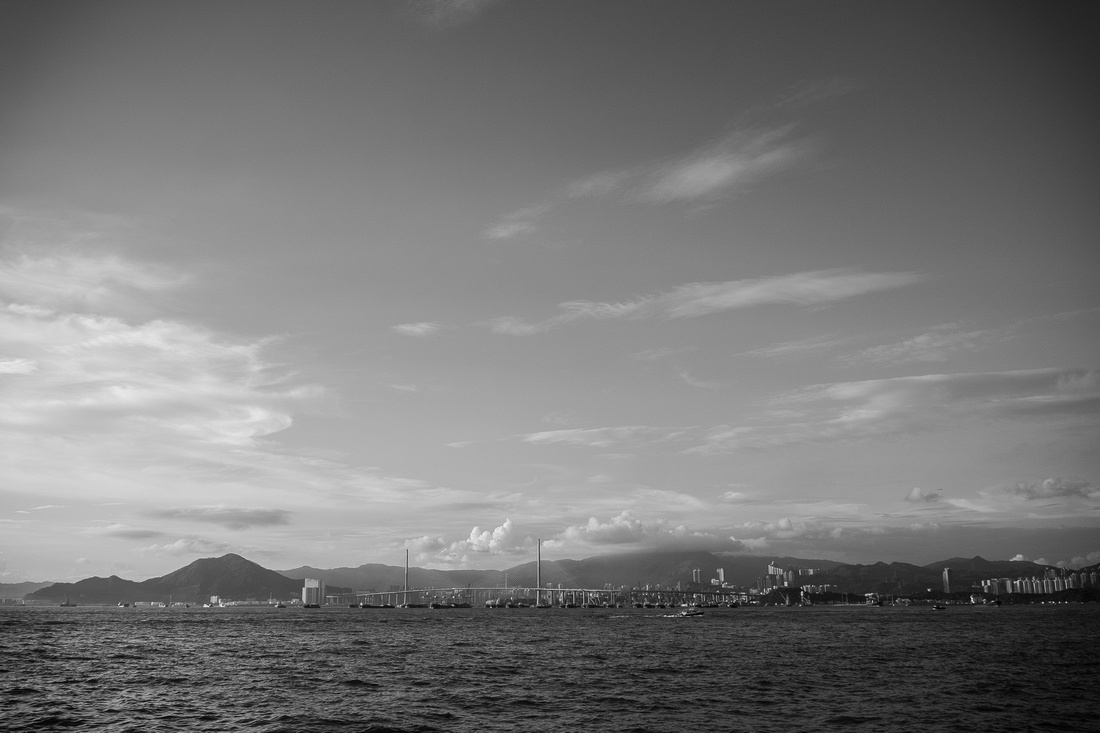

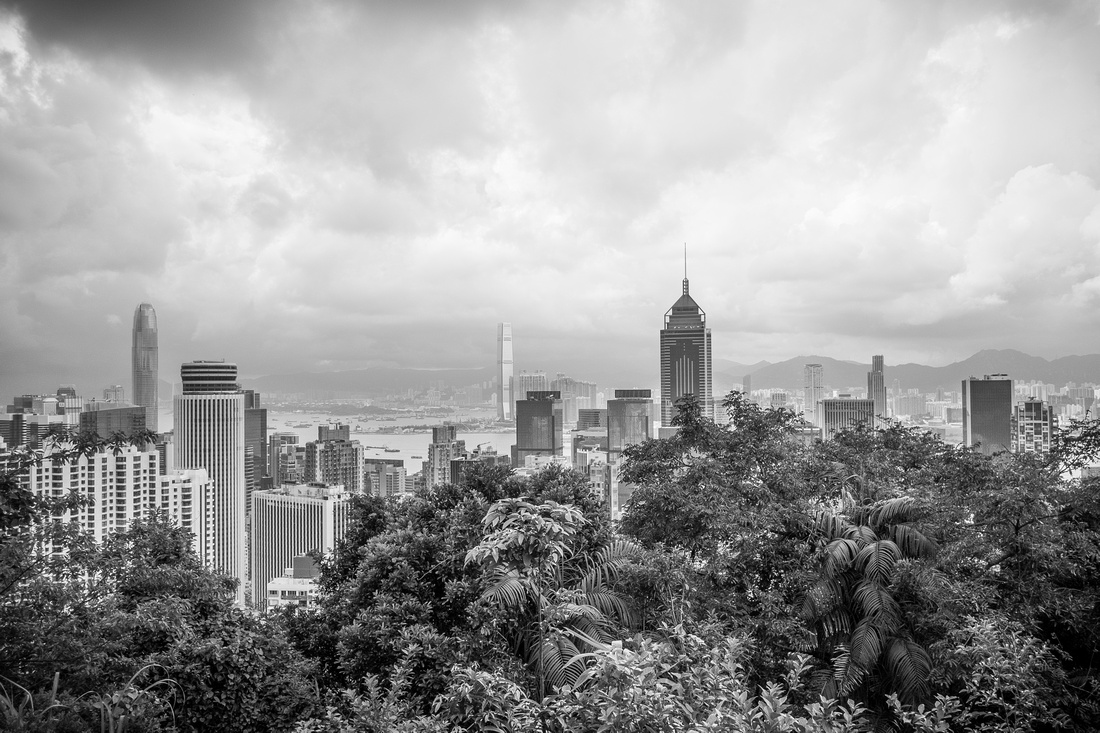

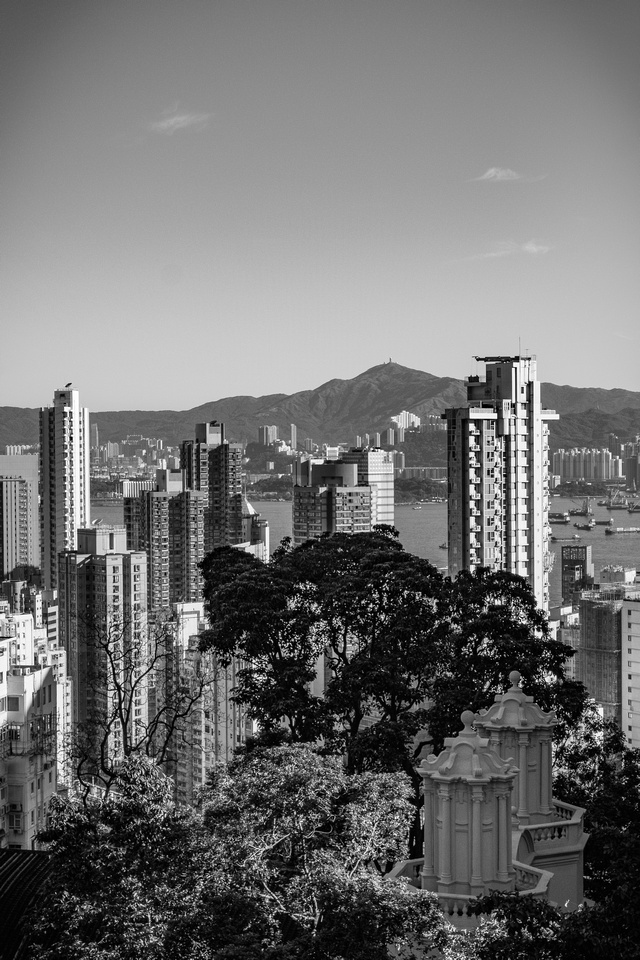

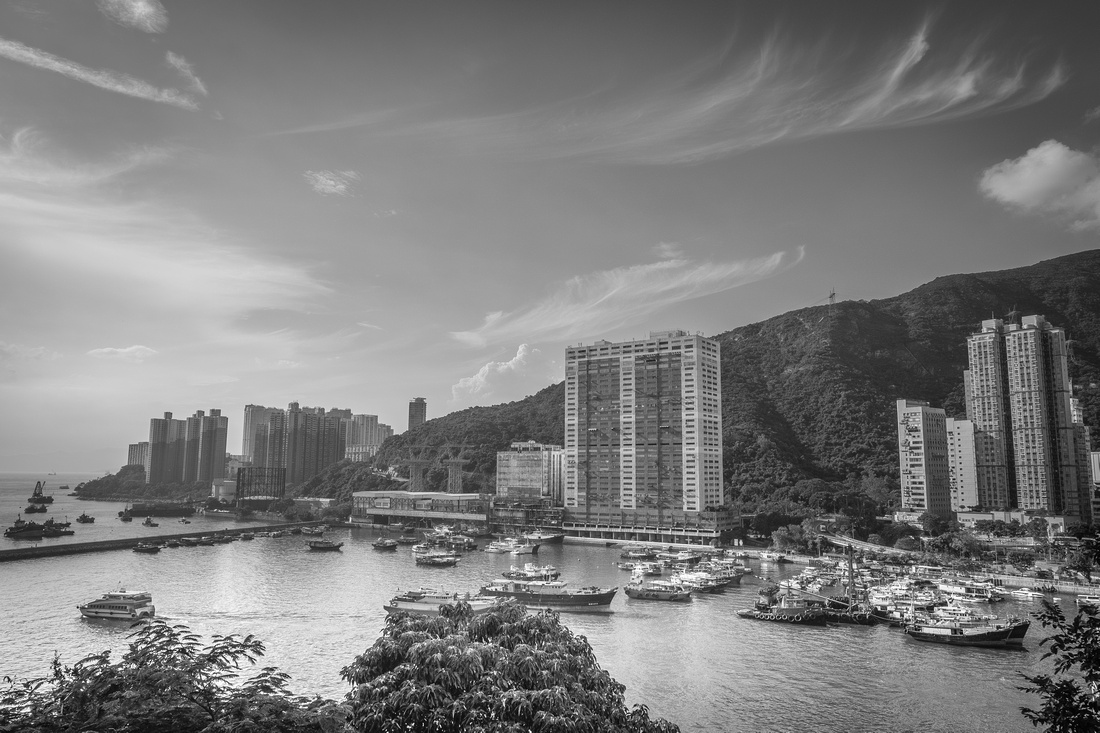

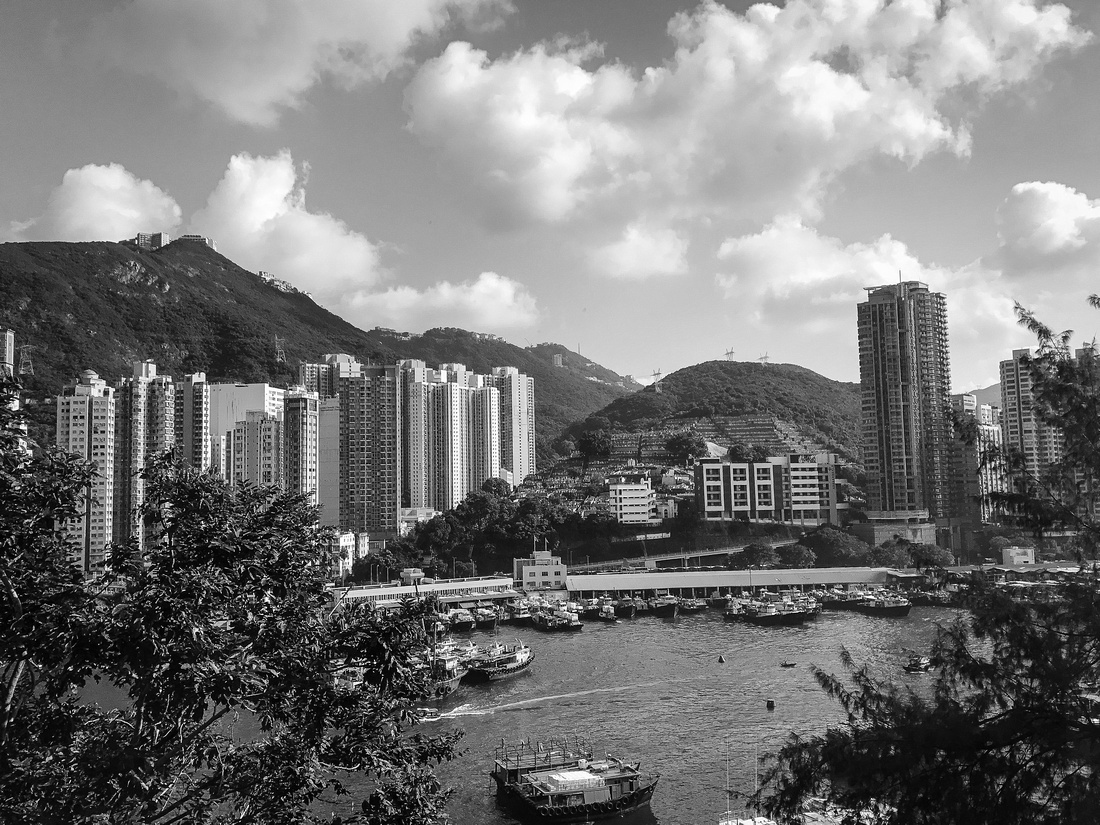

Casual Photophile Tip & Techniques No. 001 The Subject is the Subject
The Inspired Eye Photography Magazine Issue #40 (full interview)
Hong Kong Free Press: HKFP Lens
Blog #47 Composition, Composition, and More Composition
Blog #65 Summer is for Travel (Hanoi)
Blog #67 Risks, Rules, & Restrictions
Blog #68 Photography is a Gift
Blog #72 Living the Creative Life
Blog #78 How Do You Make Better Pictures?
Blog #78 How Do You Make Better Pictures?
There are many many options out there for those who aim to improve their photography. How do we sort through the information jungle? Learning to make pictures is similar to learning other skills or crafts, except that each image that we make is essentially different. Mastery of skills that are involved with in various occupations such as carpentry, electric work, auto repair, teaching, and others come from simple steps.
The first step is to learn the background of the field, its history. This is not necessary to make good pictures but it is important for comprehensive understanding of the field. Next, we learn about the basics, then the advanced techniques. Knowledge in most fields is cumulative and needs to be delivered in a sequential manner because the basic information is a prerequisite to learning the more advanced. In photography, we don’t teach students about bracketing until they understand basic exposure for this reason. These days, skills such as website design, post-processing, and business marketing including social media are required for success as a professional.


I’ve written in previous blogs about self improvement and living the creative life. Here, I will add to those lessons by including an emphasise on foundation skills and having fluency over your foundation skills before real improvement can be achieved. Foundation skills include but are not limited to:
- Getting proper exposure
- Nailing good-enough focus
- Composition and framing (this is probably the most important).
- Reaction time [attention] to the scene in front of you or actually making the picture at the right time (especially in street photography)
- People skills (if you are making pictures of people, otherwise, you need hiking or SCUBA diving skills)
Basically, these skills needs to be practiced, over and over. Having an idea of a series or project is also helpful, of course. This list could be expanded to include post-processing (yuk!), editing, marketing, public relations, social media, and other business-related skills but that’s a bit much given the title of this blog post.
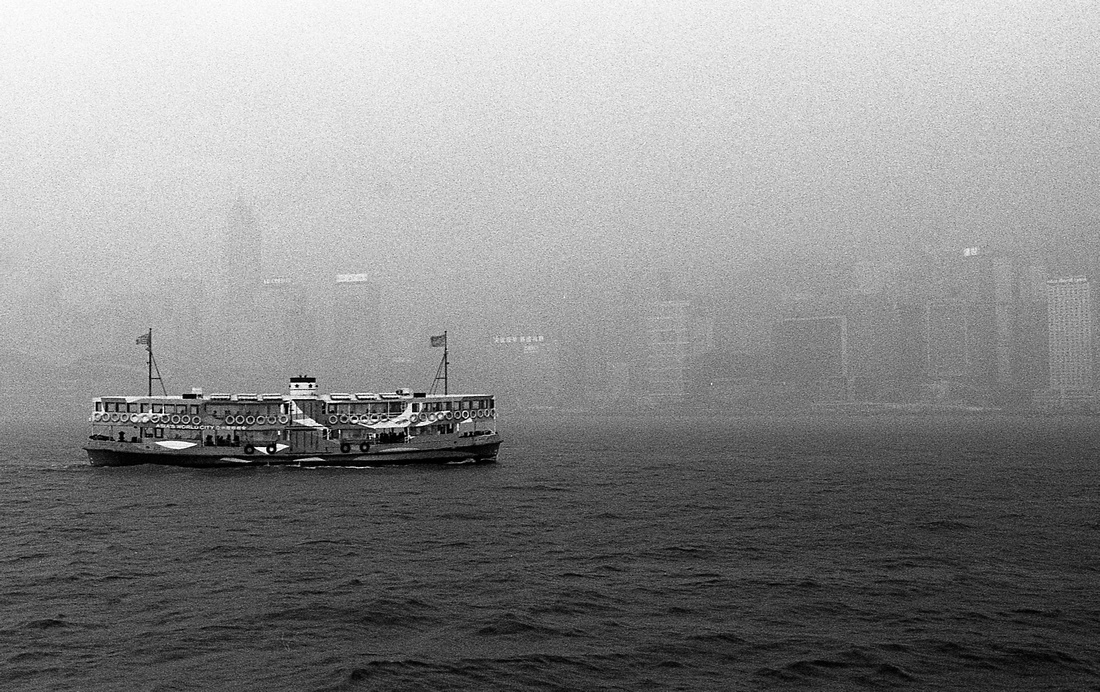

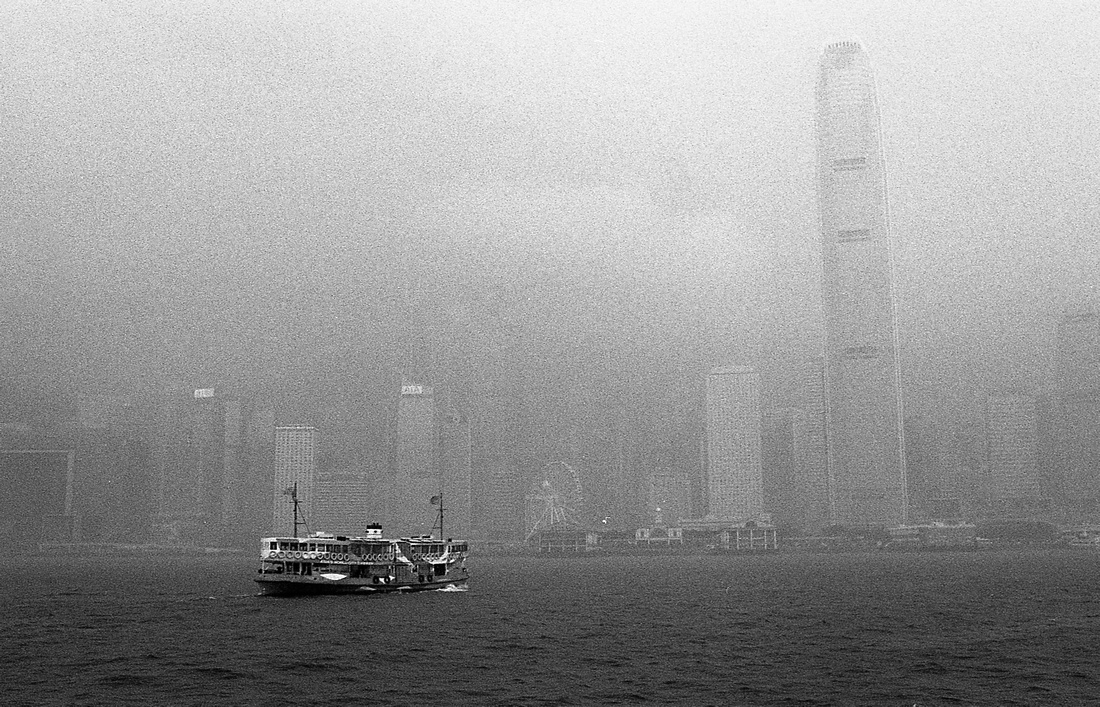

These skills need to be fluent and automatic for more complex skills to emerge. This is basically true of learning to do anything. How do we teach these skills to mastery? Good question? I don’t think anyone really does when it comes to making pictures. We read books, take classes, work on projects but we don’t actually drill and practice to a predetermined criterion or level of achievement. What would that even look like?
Goal 1: Make 100 images with perfect exposure using a fully manual camera with a light meter, then without a light meter.
Goal 2: Take 100 pictures in 5 minutes or less all in perfect focus using a manual focus lens, then using autofocus.
Goal 3: Make 20 images using one of 10 different compositional techniques, everyday for one month (i.e. leading lines, rule of thirds, size, blurred background, etc…).
Is this sounding like photography boot-camp? Where do you sign up you ask? I’m not sure that all of that is entirely necessary, albeit it would probably be helpful to master.
Instruction from books or people can be helpful. For more on that, click here. What people need regardless of the source is consequences for the photos that they are making. In short, we all need critique. Critique is basically a process of description. It’s not a question of whether you like the work or not but rather if the work, well, works!
Critique is a process of reviewing, and describing images and stating
“This image works because…”, or
“This image does not work because…”.
Of course we’re all subjective people but some of us have a education in photography and therefore a vocabulary that can be helpful in describing images in this manner.
So, there it is. Practicing component skills and critique be equal improvement. Now go for it.
The light is always right.
jhg
The images herein were made on a rainy day in Hong Kong with a Nikon camera, 35mm lens, Kodak TRI-X 400 ISO 35mm Black and White film pushed one stop to 800 and developed at home in Bergger’s Berspeed developer. They were scanned on an Epson V600.
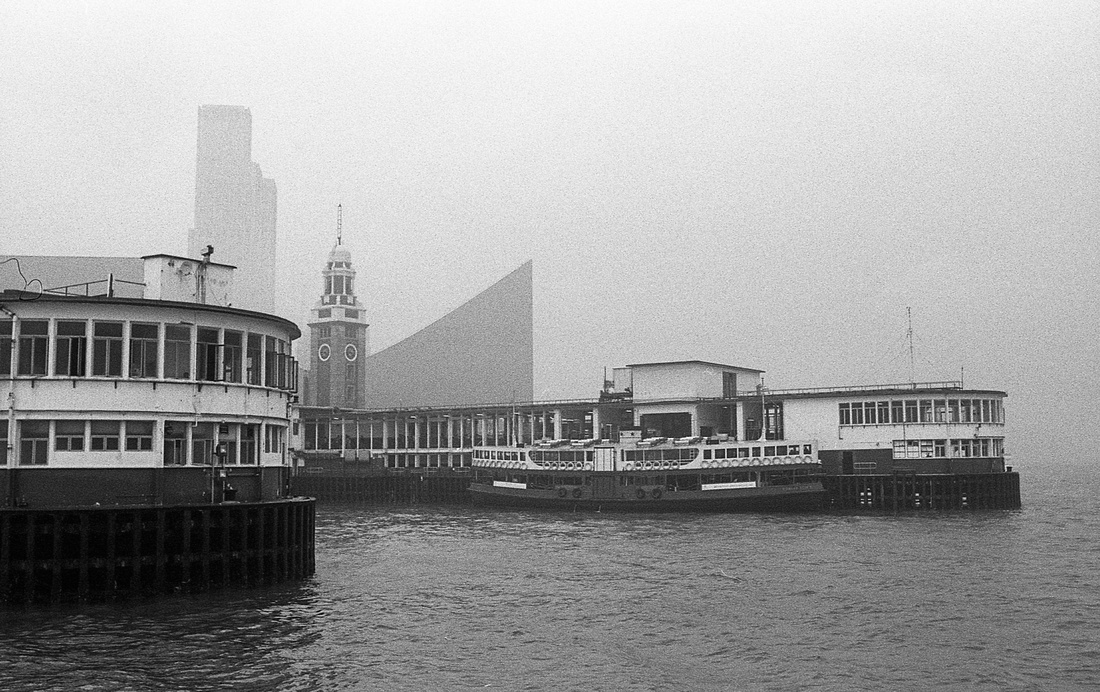

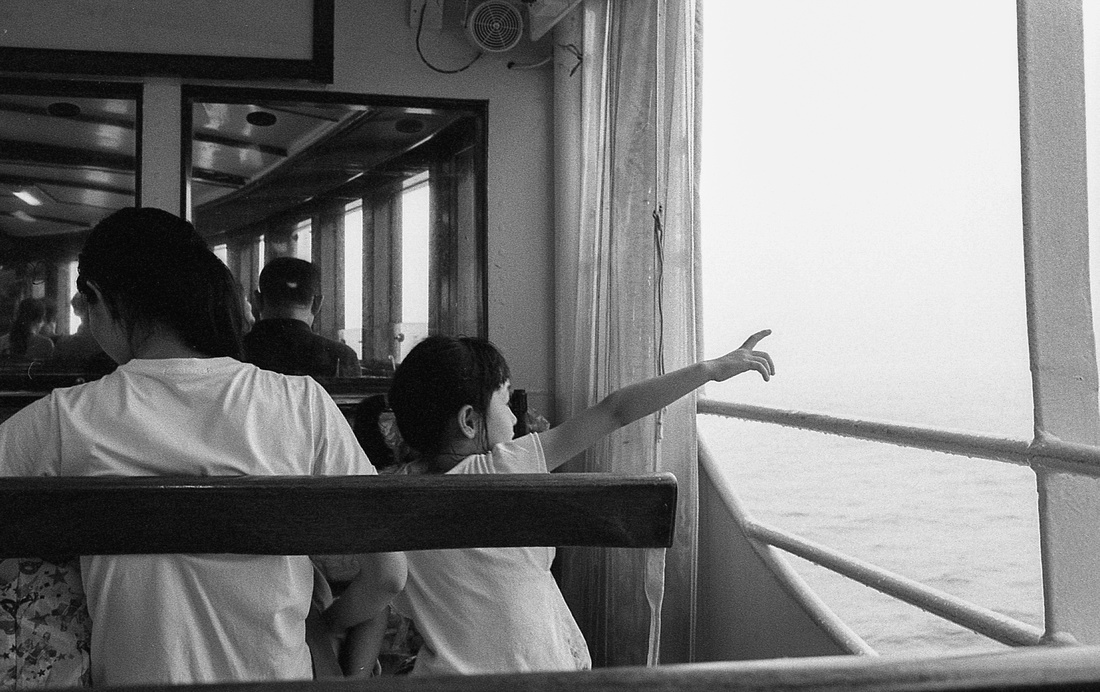

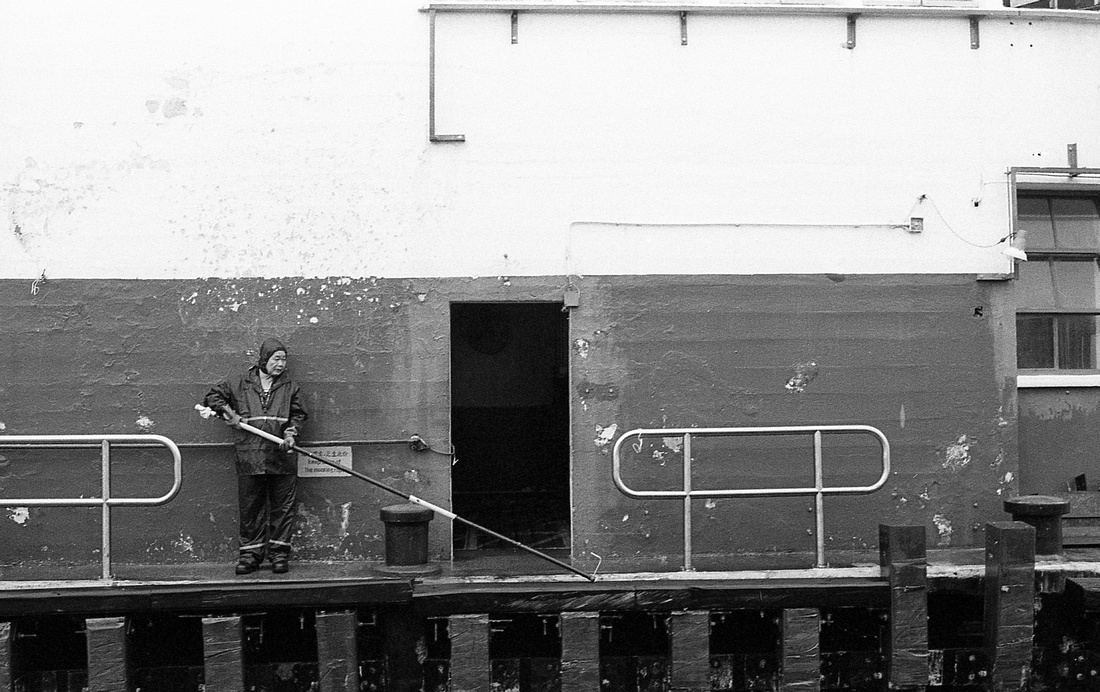

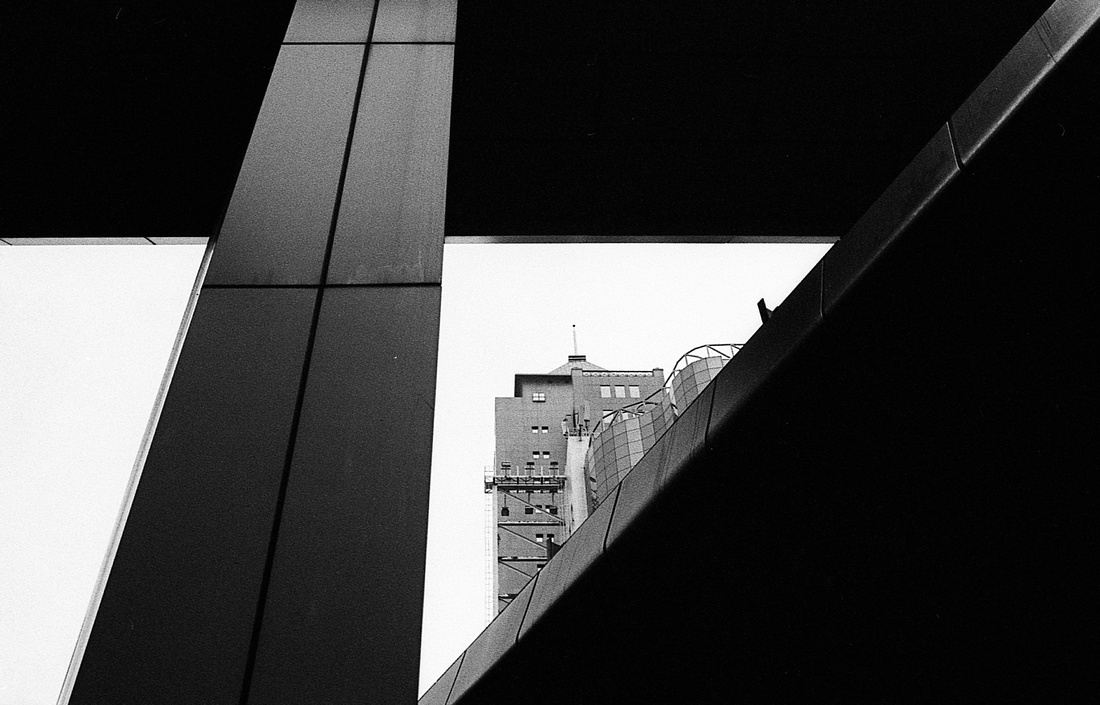





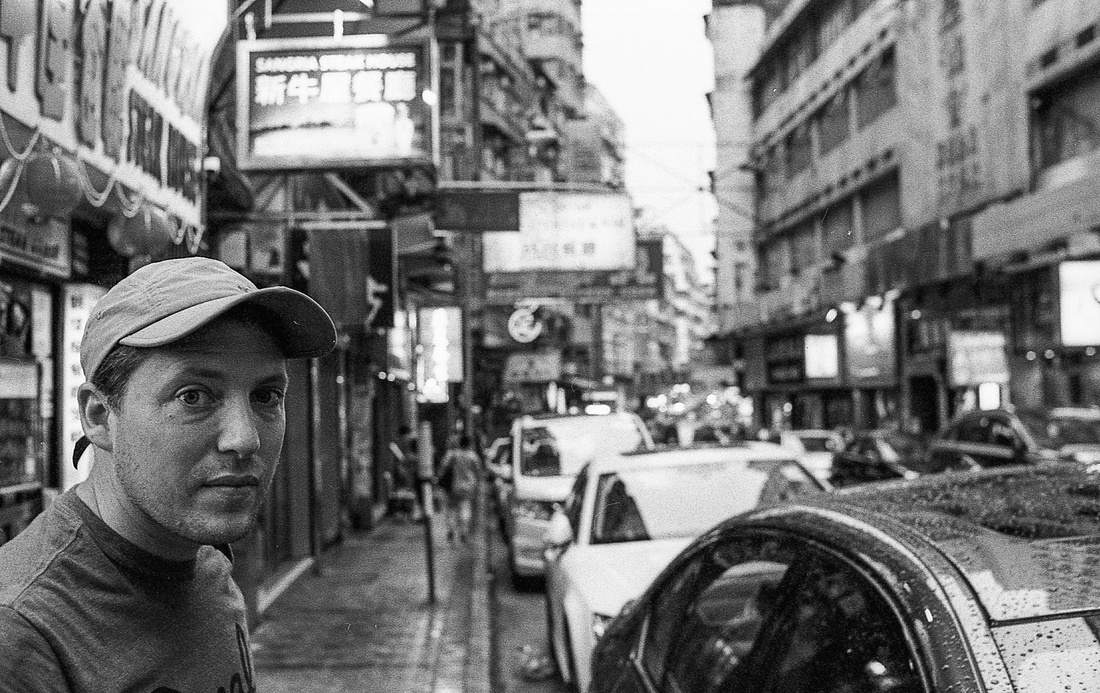

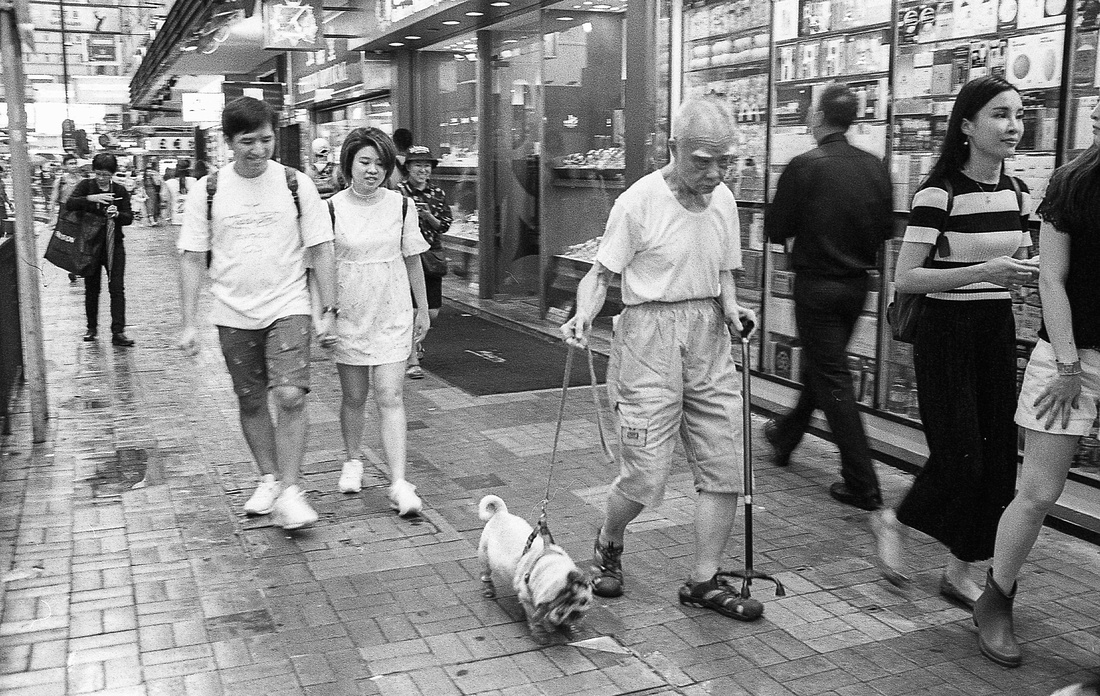

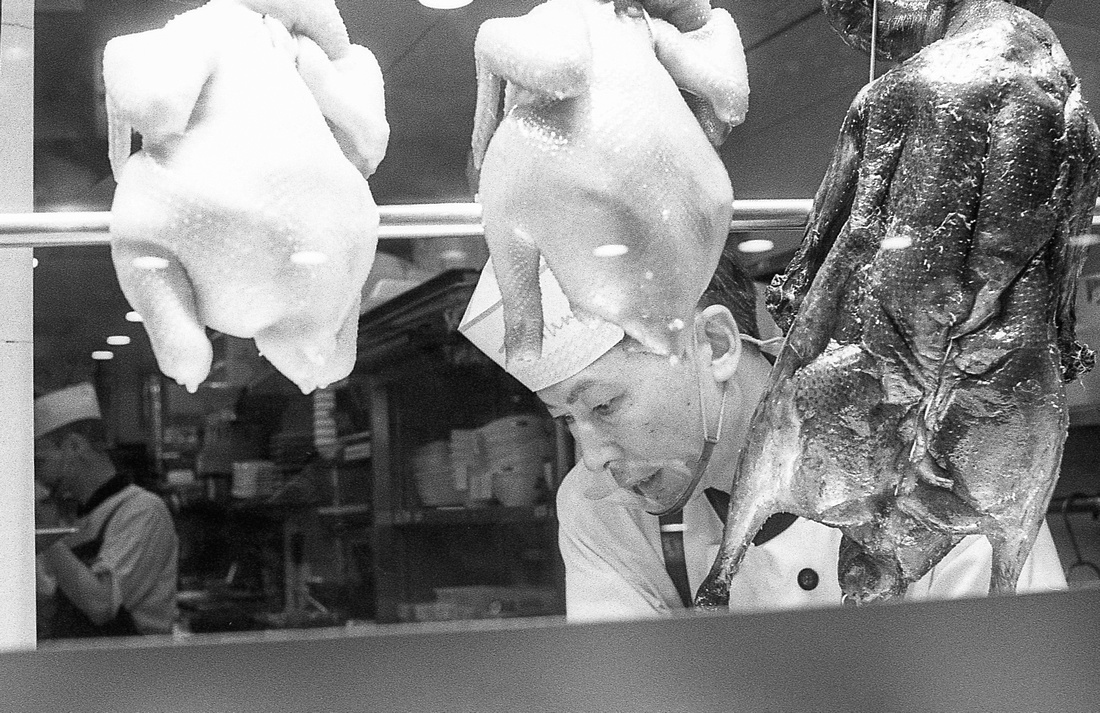

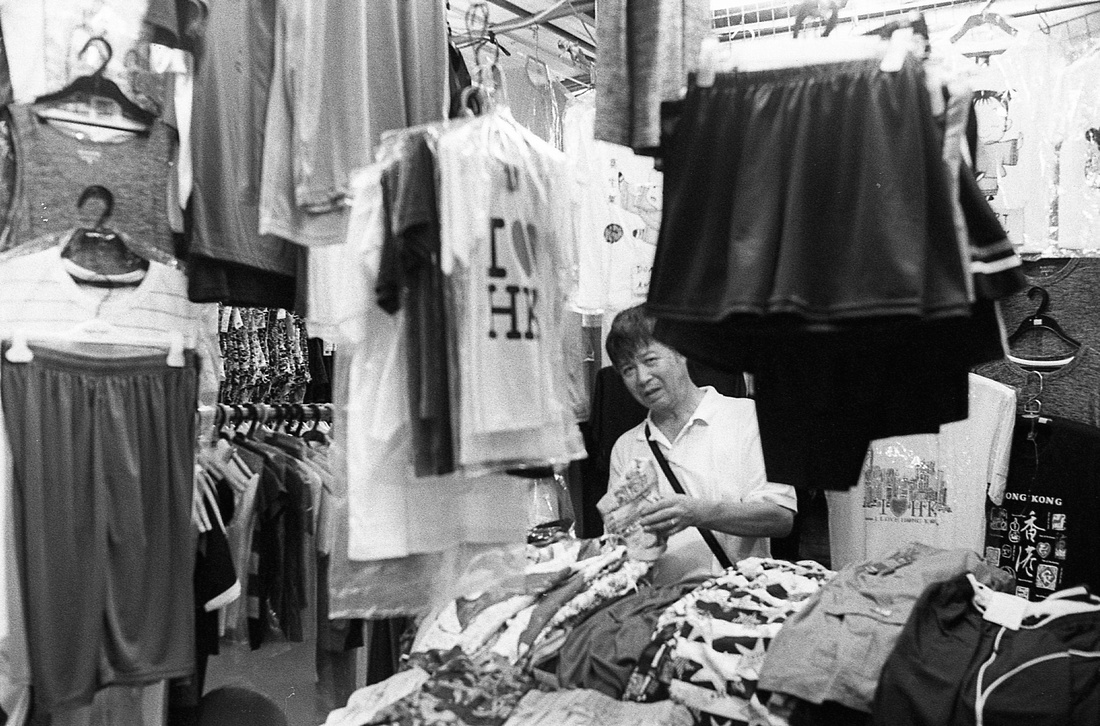

Casual Photophile Tip & Techniques No. 001 The Subject is the Subject
The Inspired Eye Photography Magazine Issue #40 (full interview)
Hong Kong Free Press: HKFP Lens
Blog #47 Composition, Composition, and More Composition
Blog #65 Summer is for Travel (Hanoi)
Blog #67 Risks, Rules, & Restrictions
Blog #68 Photography is a Gift
Blog #72 Living the Creative Life
Blog #77 Make it Then Break it
Blog #77 Make it Then Break it
I’ve been blogging about creativity, the creative process, education, and many other topics related to photography for over two years now. From time to time, good old fashioned rest can be a welcome respite from the demands of the creative life.
In a strangely counterintuitive way, taking a break from the creative process can allow you to recharge and reinvigorate your creativity. For amateurs, hobbyists, and even the most professional of professionals, no one is consistently creative all of the time. Embracing times of low or no creativity or image making is a part of the natural process.
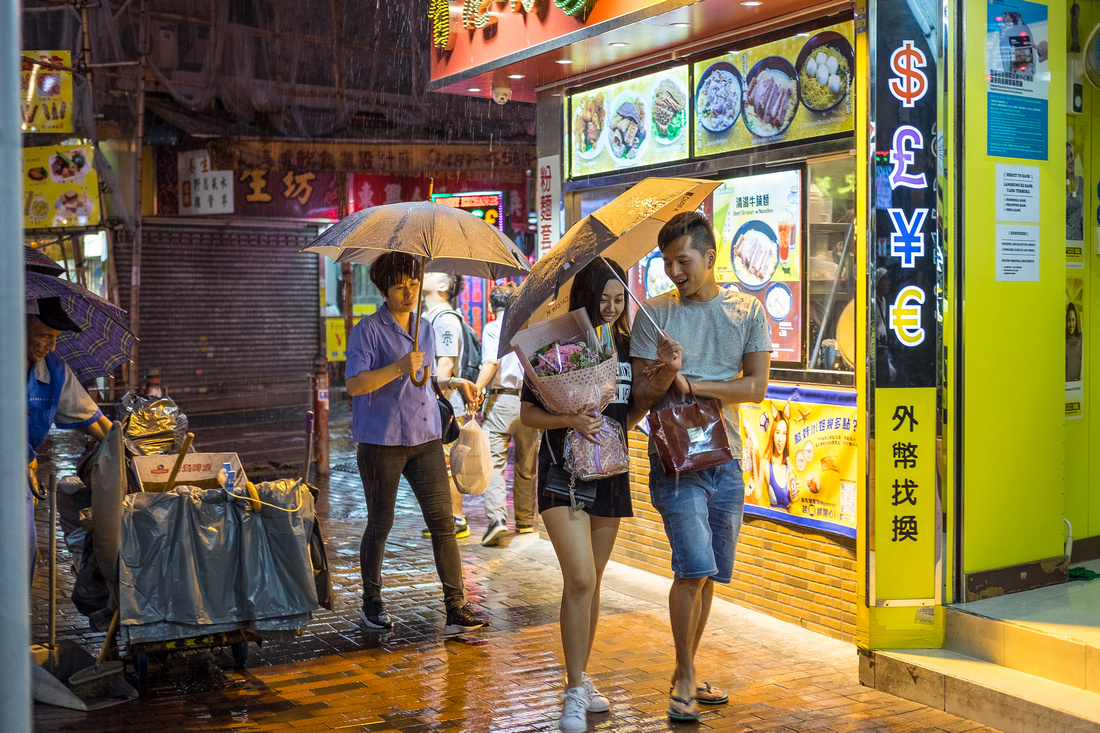

Making art is hard work. Making good art is really hard work. By definition, it involves making something new that no-one (including yourself) has ever done before. Artists tend to have creative bouts that last weeks, months, or even years. However, we all need and can benefit from a bit of distance from the creative process.
The creative process is like a conversation between the artist and the rest of humanity. Sometimes you listen, and sometimes you speak. Speaking is the making-part of the process while listening is the gathering of information that will, in turn, inform the speaking part.
Another analogy is to think of the creative process like the training program of an athlete. They must alternate between times of great intensity and strength building, and rest, lest they overtrain. Overtraining usually results in injury or a lack of growth, at best. During the rest periods, the muscles heal and regenerate so that the athlete can come back faster, stronger, and more capable of reaching higher levels in their fitness. Artists, too, must also alternative periods of high productivity and rest. Having some distance from images, or image making affords one perspective, insight, and allows the previous work to cure in their conscience.
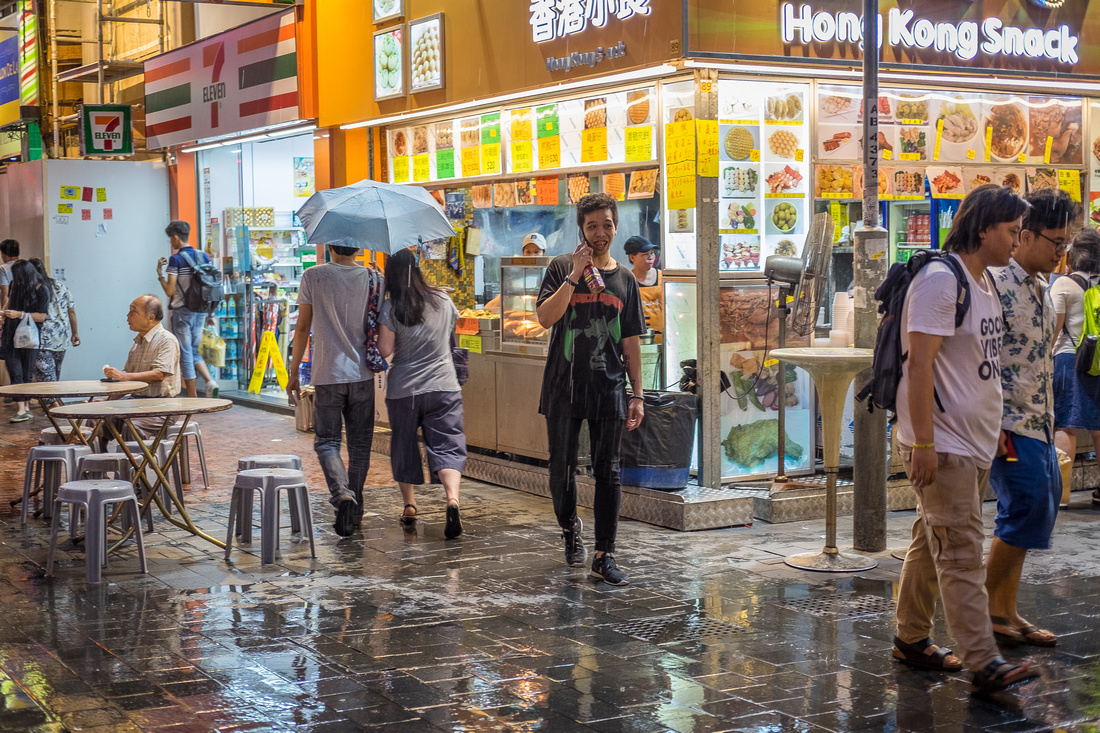

When the artist photographer rebounds from this down time, their vision will be re-established, re-affirmed, and defined more clearly. How much down time is needed? Everyone is different. Perhaps a week or two, or a month should do the trick. Sometimes life gets in the way and forces you to take a break from the creative projects. Welcome this forced rest rather than fight it.
In short, there is only so much time in a day. Spend it with family, friends, pursuing other work, art, and play. All of these experiences will ultimately inform your art and image making. We are always learning and growing even when not engaged directly in the art of making images. Take a break. Then, come back better and stronger with a more defined vision of the images that you want to create.
Lastly, remember the light is always right.
Feel free to leave comments.
jhg


Casual Photophile Tip & Techniques No. 001 The Subject is the Subject
The Inspired Eye Photography Magazine Issue #40 (full interview)
Hong Kong Free Press: HKFP Lens
Blog #47 Composition, Composition, and More Composition
Blog #65 Summer is for Travel (Hanoi)
Blog #67 Risks, Rules, & Restrictions
Blog #68 Photography is a Gift
Blog #72 Living the Creative Life
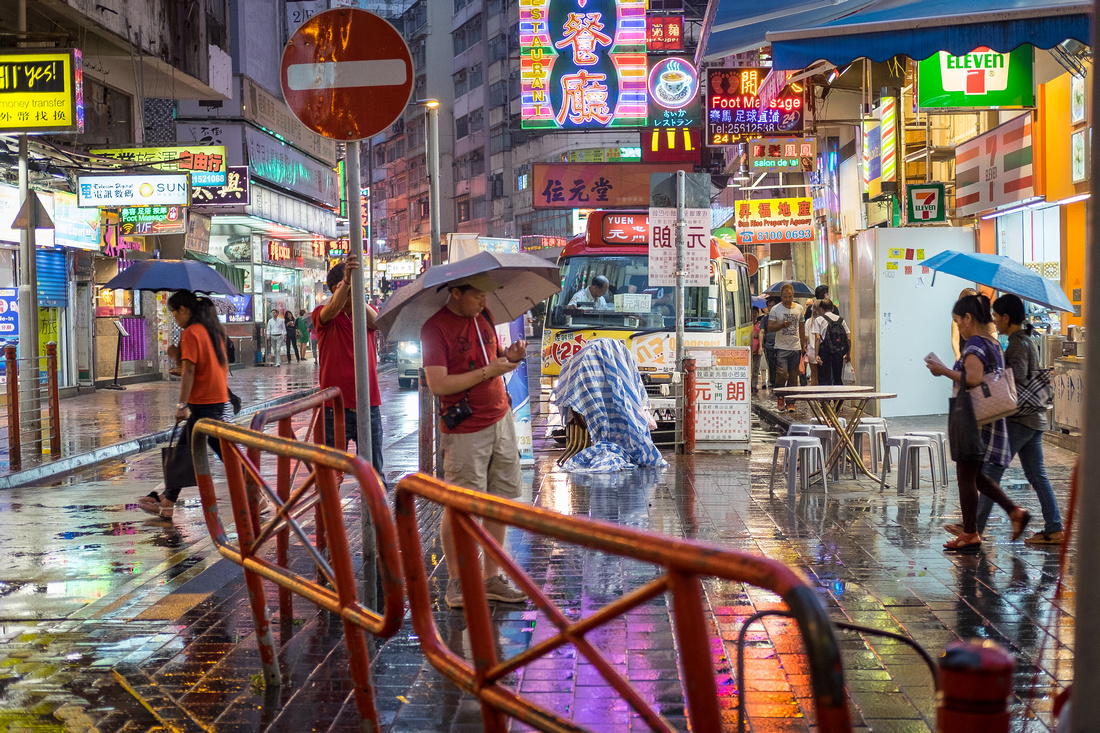

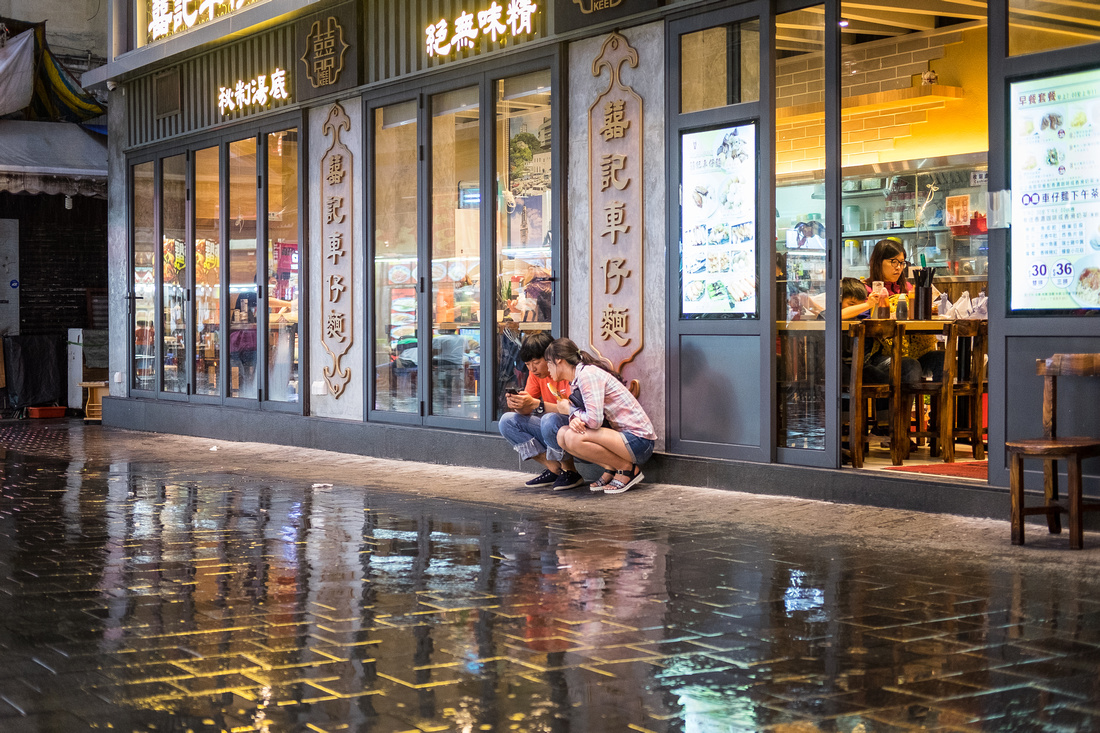

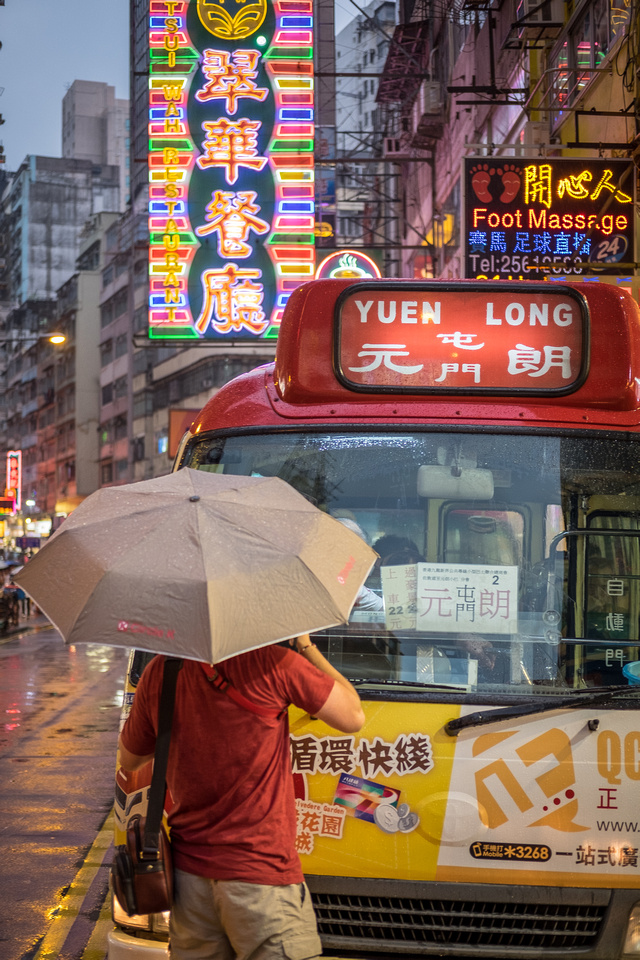



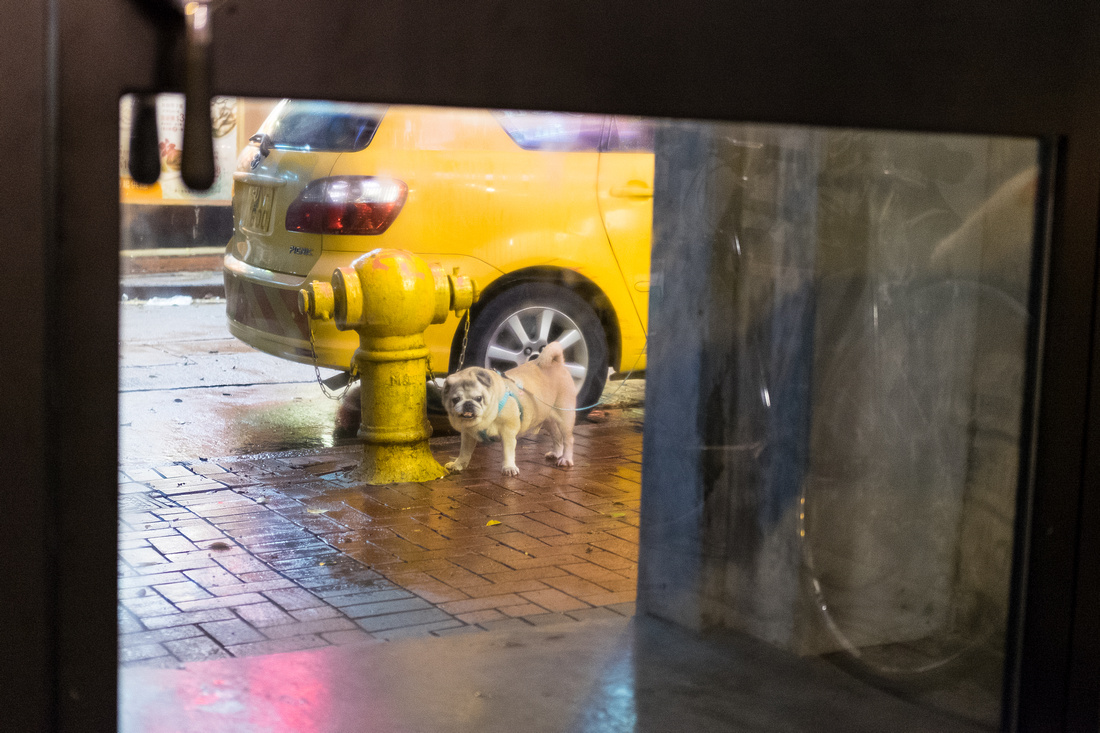

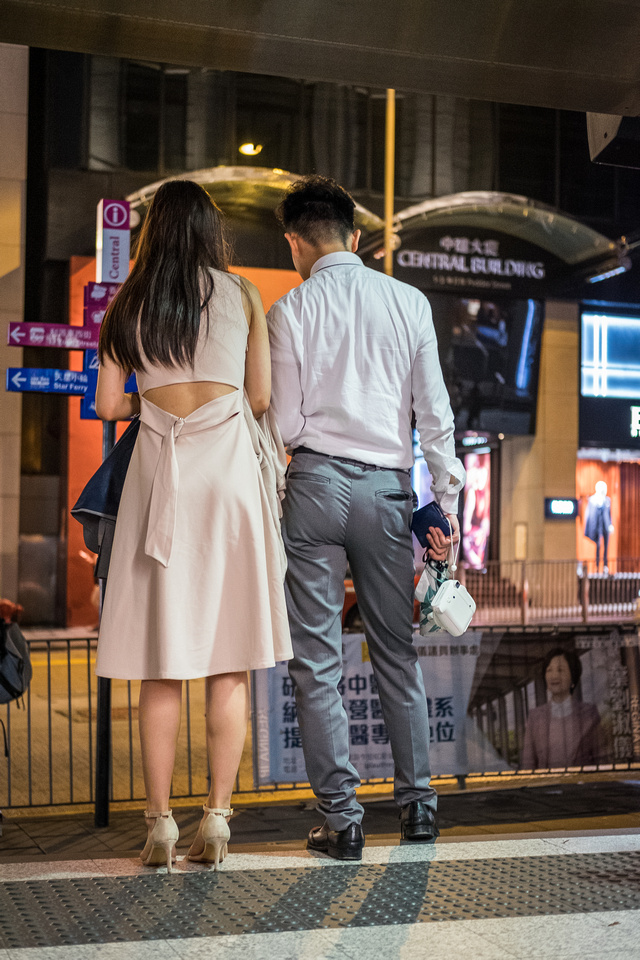

Blog #76 Shoot What You Know
Blog #76 Shoot What You Know
Photography blogs and blogs talk a lot about projects and series. In fact, I have written about this some time ago in Blog #6 and Blog #16 on the topic of a Project 365. In most of these tutorials, the message is clear,
“Make a Series, Do a Project, It’s a good for you!”.
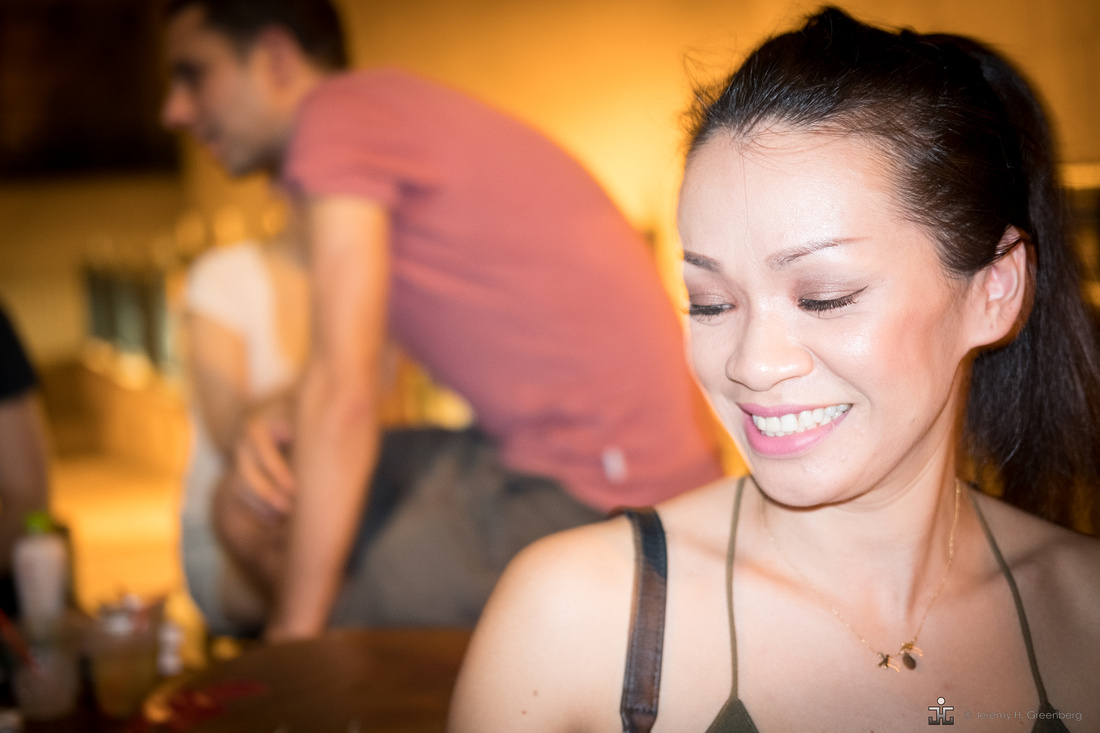

Projects and series are helpful because they provide an artist with focus. Projects and series usually have a beginning, a middle, and an end. Some tell stories. We all need closure from time to time. When one project or series is done, we are free [in a manner of speaking] to direct our creative attention elsewhere.
Some projects or series take years and most artists, I would expect are working on more than one at a time. A project or series can be a simple collection of related images but its strength will improve dramatically if you tie it to a story or a theme.
Ask yourself, “What is it that I am trying to say through this project or series?”
As to the content of the project or series, there are infinite possibilities. As a good and possibly safe place to start, you can shoot what you know.
Everyone has a unique history. Maybe you are a car nut, or animal lover, or you enjoy gardening. Did you used to love football when you were younger and have been itching to get back into the sport? Everyone has a hobby or passion. If you do not have at least one, you need one and fast.
Ok, so if you’re reading this you are likely passionate about photography, point taken. What else interests you? cooking? the beach? Find that thing, and make images of it.
Your passion for a subject or activity will give you a unique perspective that most of us will not have. Plus, your natural interest in the subject will motivate you to make pictures until a project or series emerges.
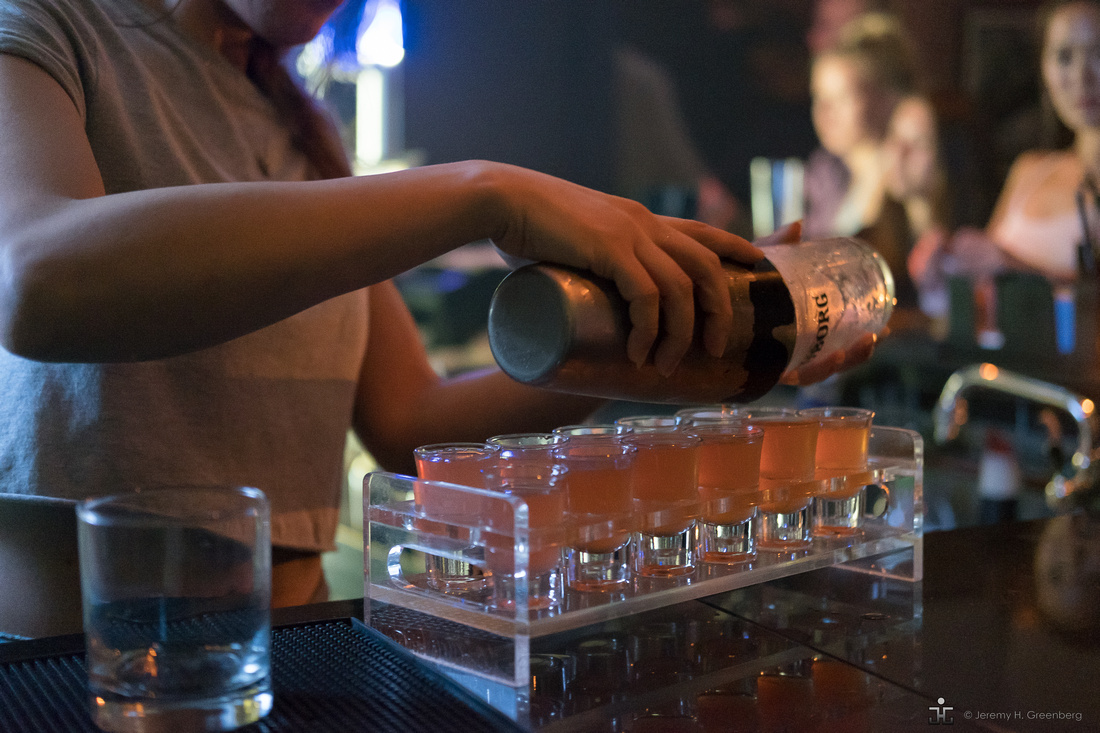

For example, after a long week of work, I like to go out to a bar or club and hear some live DJ music. I enjoy a drink or two [not too much] and talk with friends, some of whom I see from week to week. We catch up on our lives, unwind, and reboot for the coming work week. I have found this experience has allowed me a unique vantage for some fun and interesting image making.
The images here were made around town in bars and clubs like I’m describing here. What are your passions and interests beyond photography?
Comments are welcome.
Remember, the light is always right.
jhg
Casual Photophile Tip & Techniques No. 001 The Subject is the Subject
The Inspired Eye Photography Magazine Issue #40 (full interview)
Hong Kong Free Press: HKFP Lens
Blog #47 Composition, Composition, and More Composition
Blog #65 Summer is for Travel (Hanoi)
Blog #67 Risks, Rules, & Restrictions
Blog #68 Photography is a Gift
Blog #72 Living the Creative Life


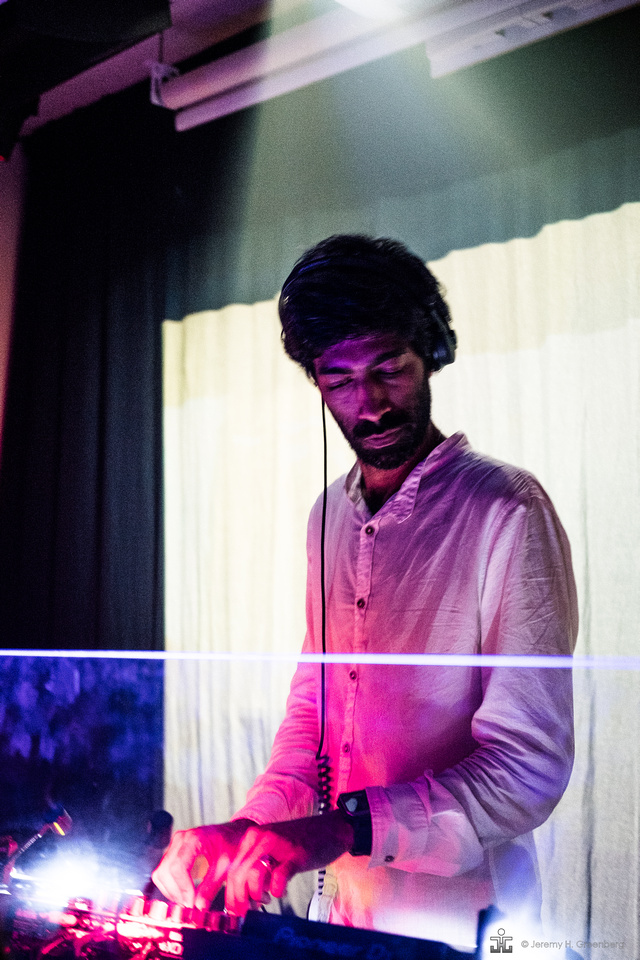

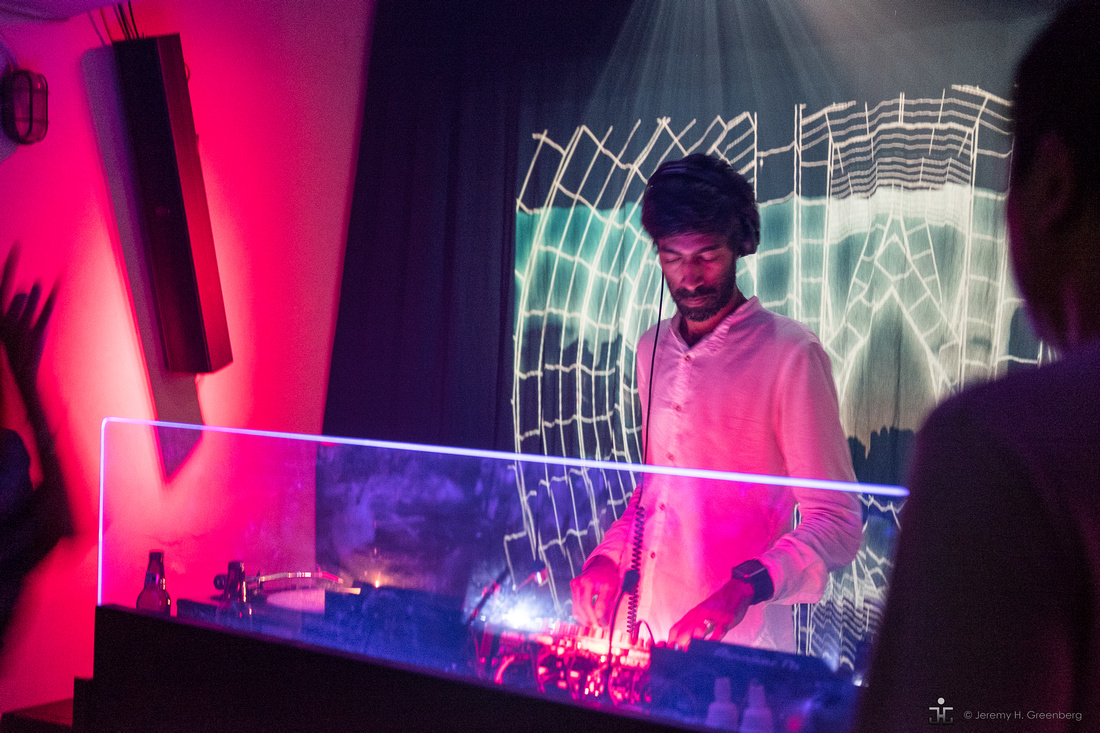

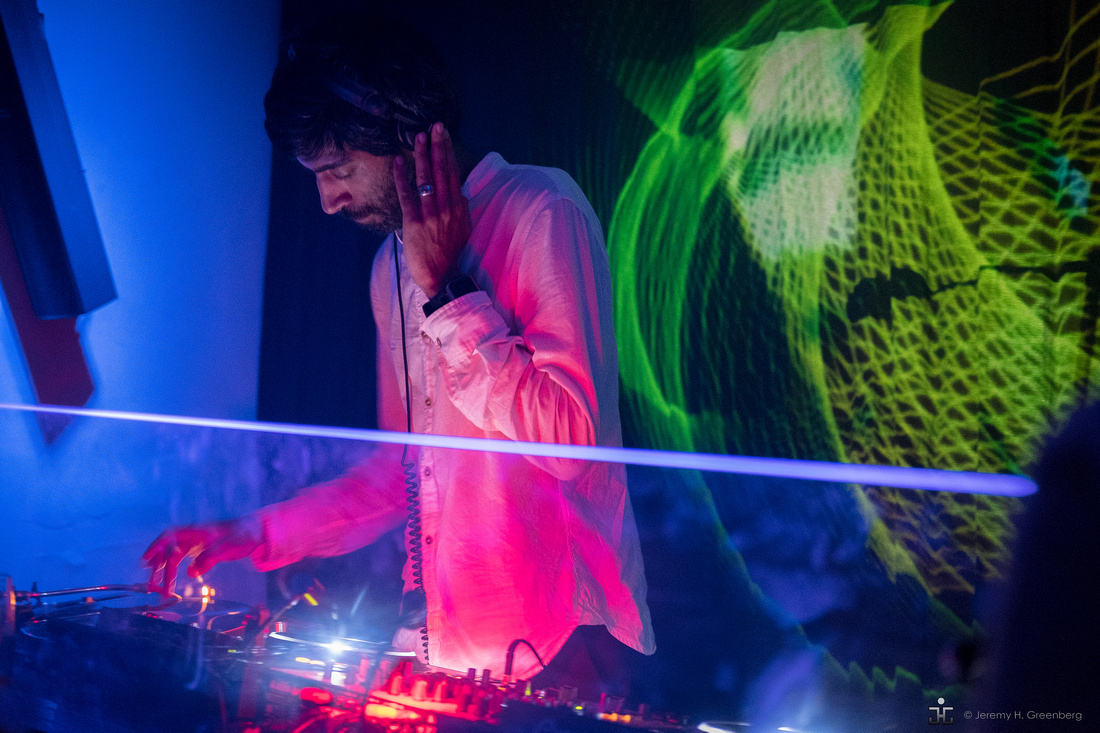

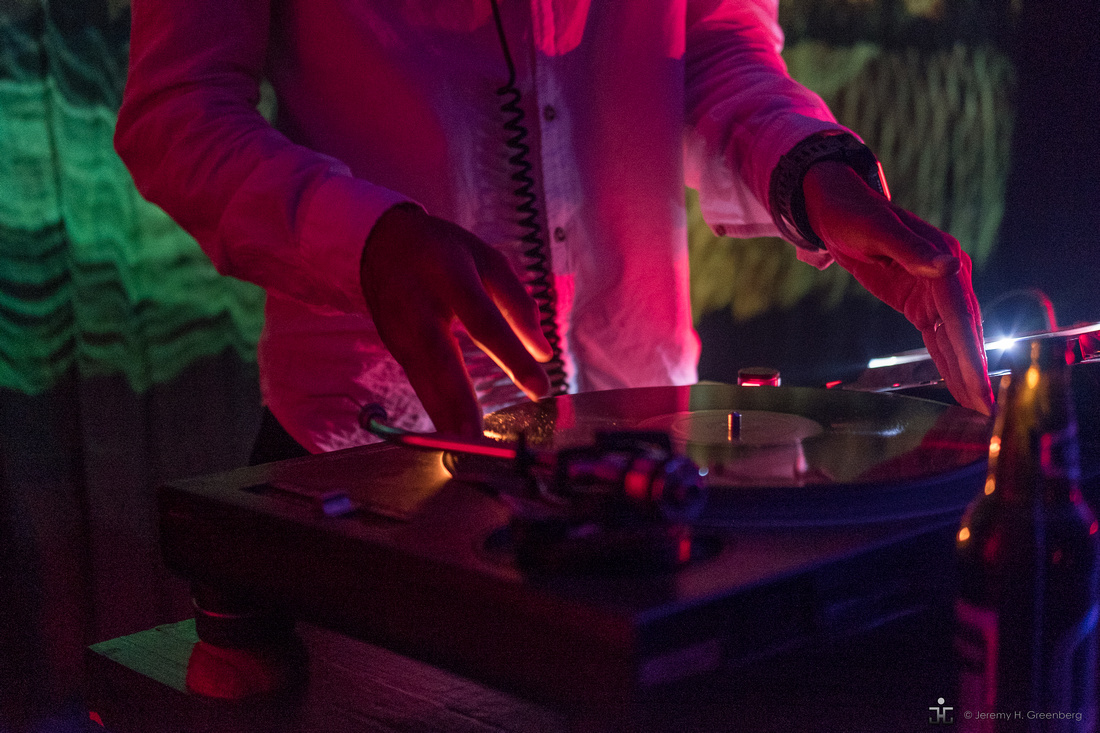



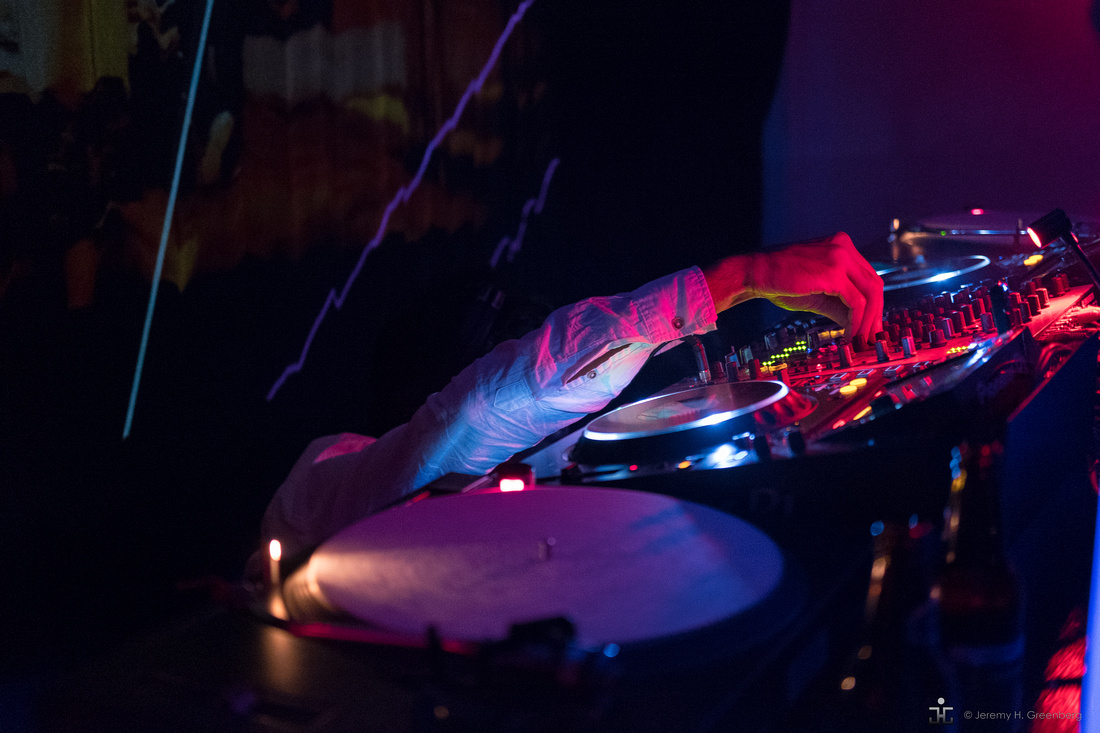

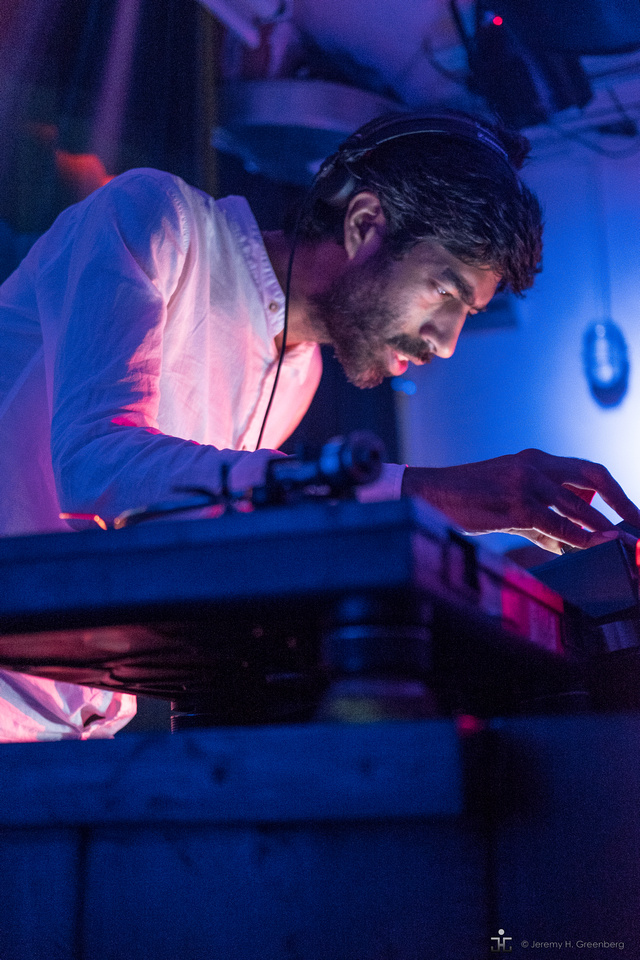

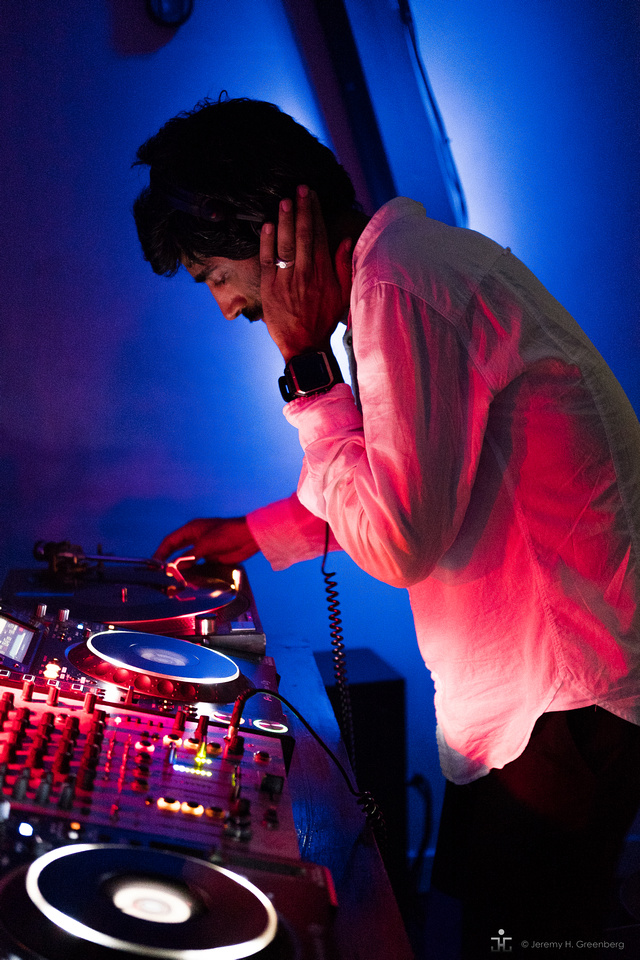

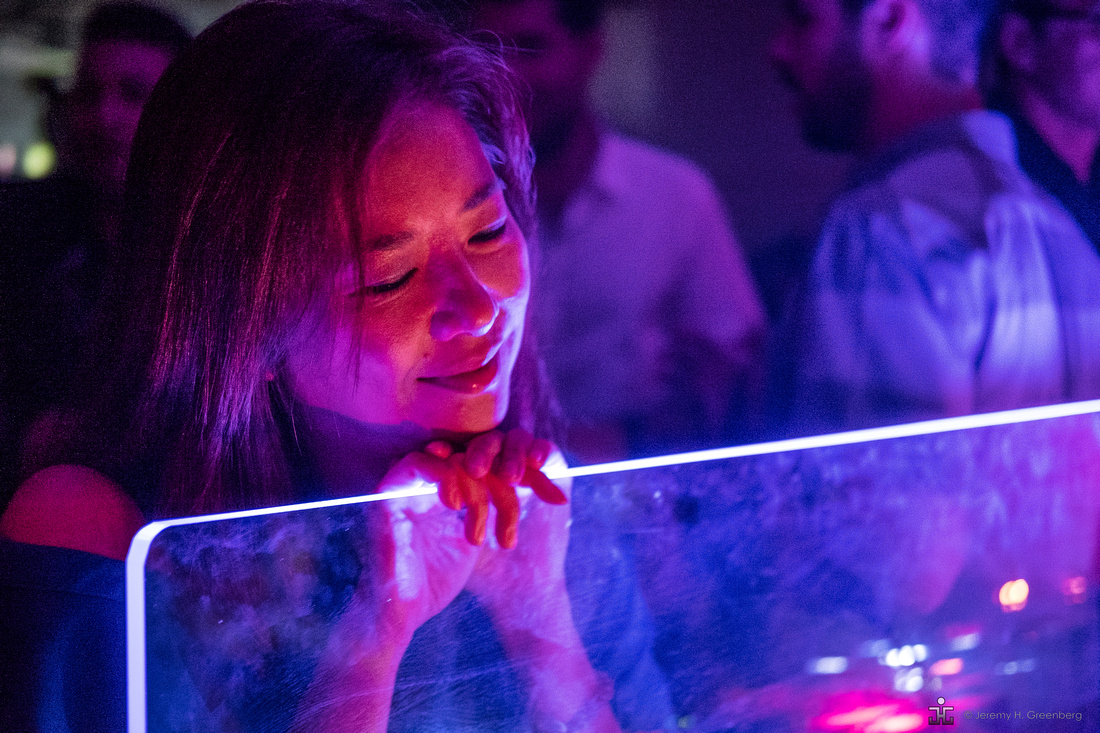

Blog #75 Greatness vs. Talent
Blog #75 Greatness vs. Talent
In the last blog I typed about education in photography for the purpose of improvement. This has been a reoccurring theme in my blog that you might have noticed. I make an effort, on a regular basis, to learn something new about photography and I share that process in the hope that it might inspire someone else to pick up a book, take an online course, or otherwise push themselves to fill their head with additional pearls of wisdom. Growth is the point as far as photography is concerned. We need to equip and inform ourselves so that we may become better at image making. When the gap between our vision and our images becomes closer, we grow.
Way back in May of this year there was a very well written piece titled “Great photographers need determination not talent” by Chris Killip from Huck Magazine. In this well-written piece it describes a seven year journey made by a photographer that resulted in determination, resilience, and good old-fashioned grit to finally get the shots that he was looking for. All this was after he picked up a camera and simply got to work with little to no formal instruction in the medium.
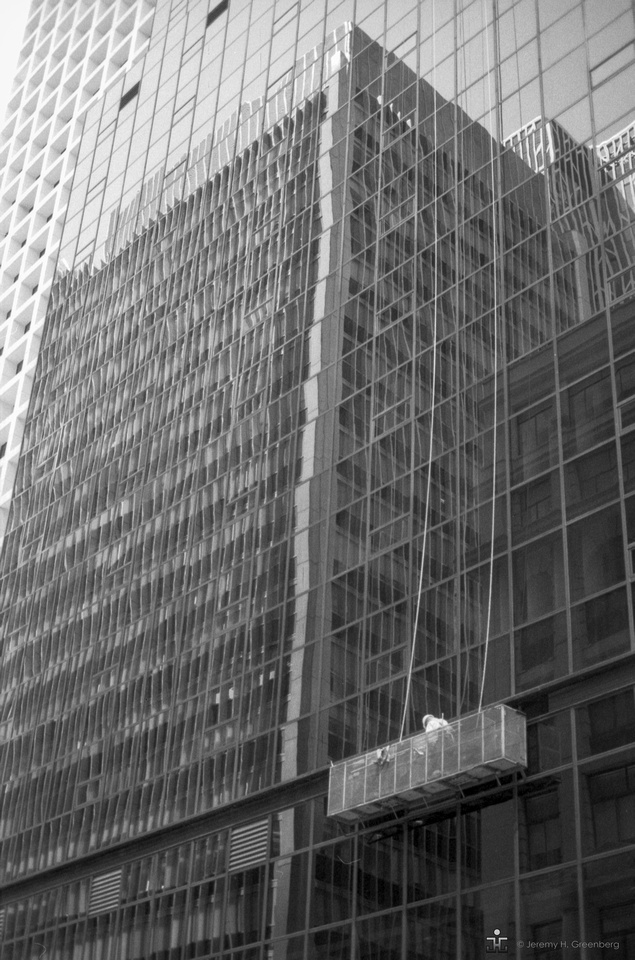

True genius is very rare.
I’m reminded of the old adage “How do you get to Carnegie Hall?”
“Practice, practice, practice!”
They say that true mastery of some skill requires around 10,000 hours of work. Those do not come easy, and photography is like anything else in that you get out of it what you put in. There are many roads to success and there is no formula since we are all different. However, practicing skills on a regular basis will likely create the conditions for improvement and personal growth.
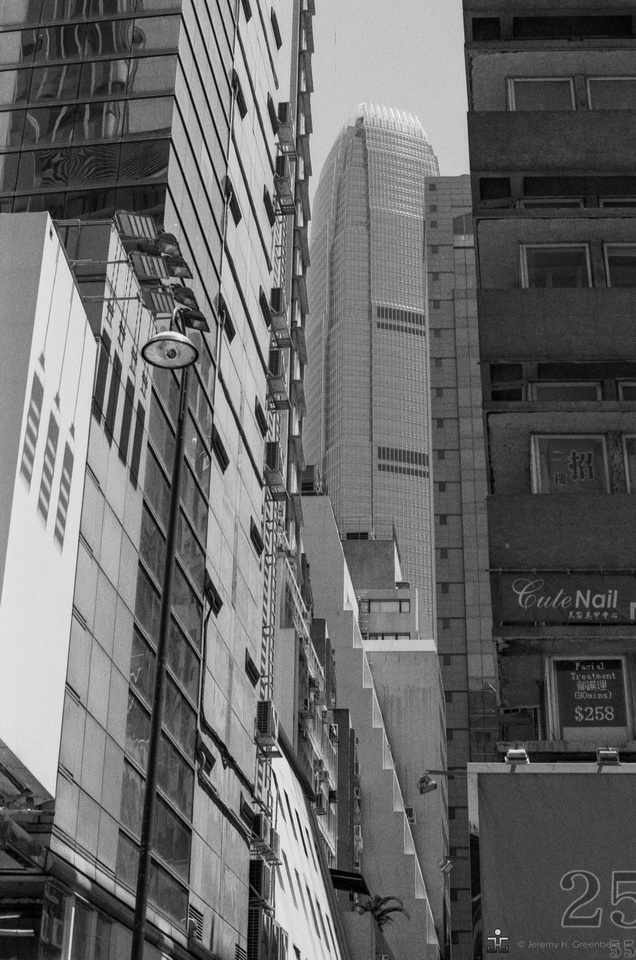

Here are a few tips that might work for you:
- Work on Projects on a regular basis to completion.
- Work on Series on a regular basis to completion.
- Edit and Sharing you work.
- Learn how to give and receive critique.
- Surround yourself with classic and modern resources in photography.
As cliché as it might sound, Greatness or perfection is a journey not a destination.
Try not to be perfect, just try to be better. This we all can achieve.
Remember, the light is always right.
jhg
P.S. The images in this blog post were made with a new brand of 35mm black and white 100 ISO film named Lucky (Made in China) given to me from a friend at CameraFilmPhoto. Check them out for outstanding film, products, and service.
Casual Photophile Tip & Techniques No. 001 The Subject is the Subject
The Inspired Eye Photography Magazine Issue #40 (full interview)
Hong Kong Free Press: HKFP Lens
Blog #47 Composition, Composition, and More Composition
Blog #65 Summer is for Travel (Hanoi)
Blog #67 Risks, Rules, & Restrictions
Blog #68 Photography is a Gift=
Blog #72 Living the Creative Life
